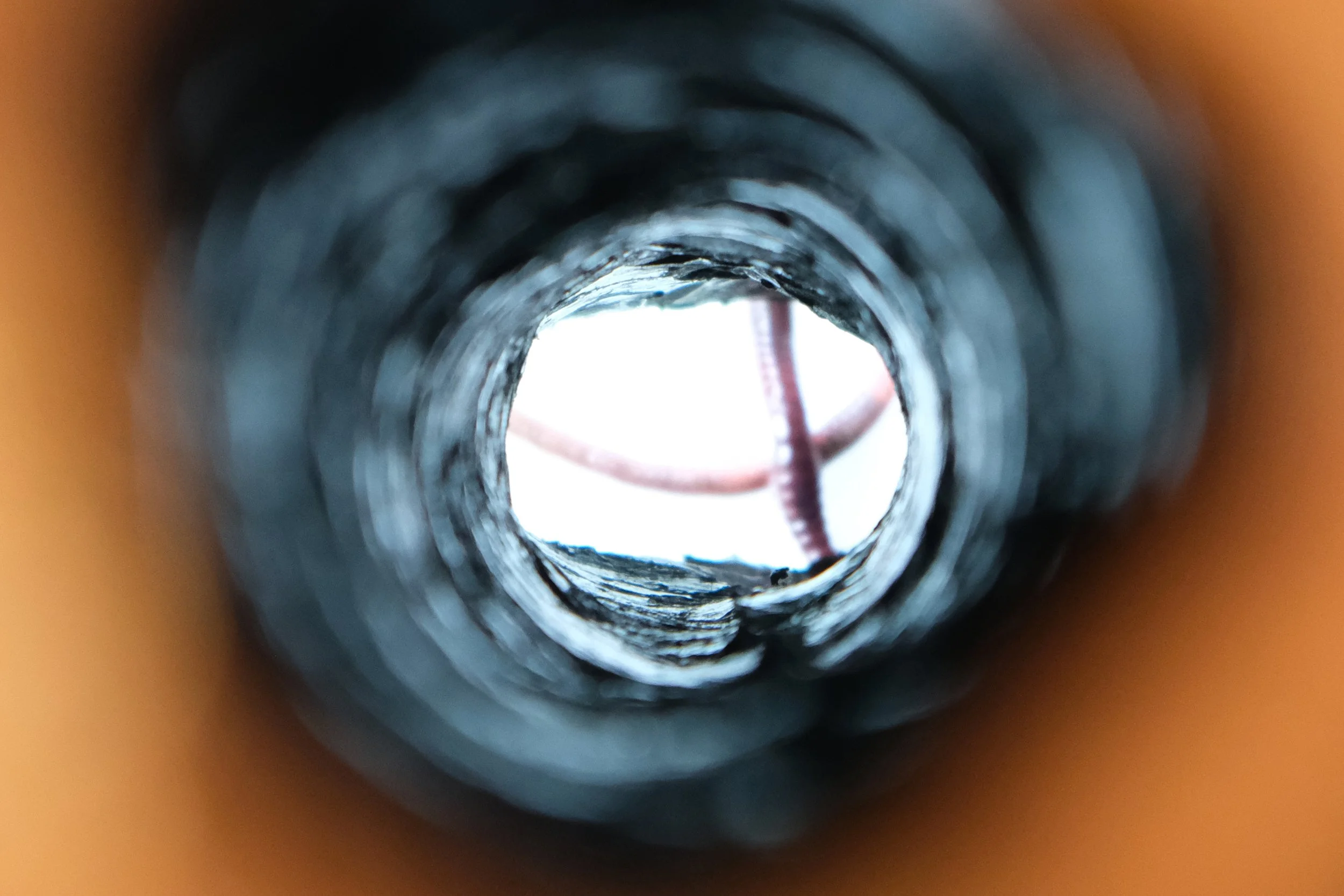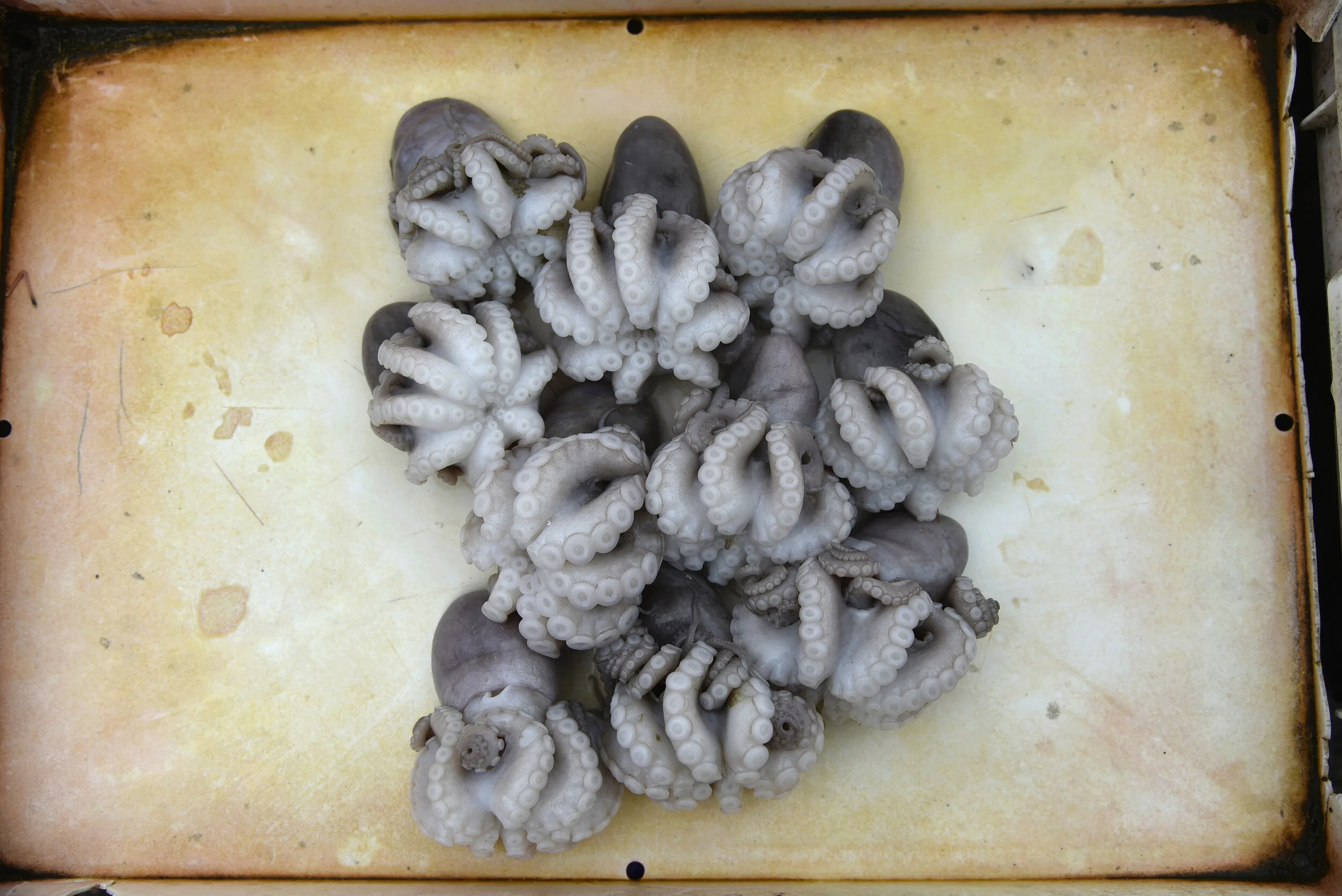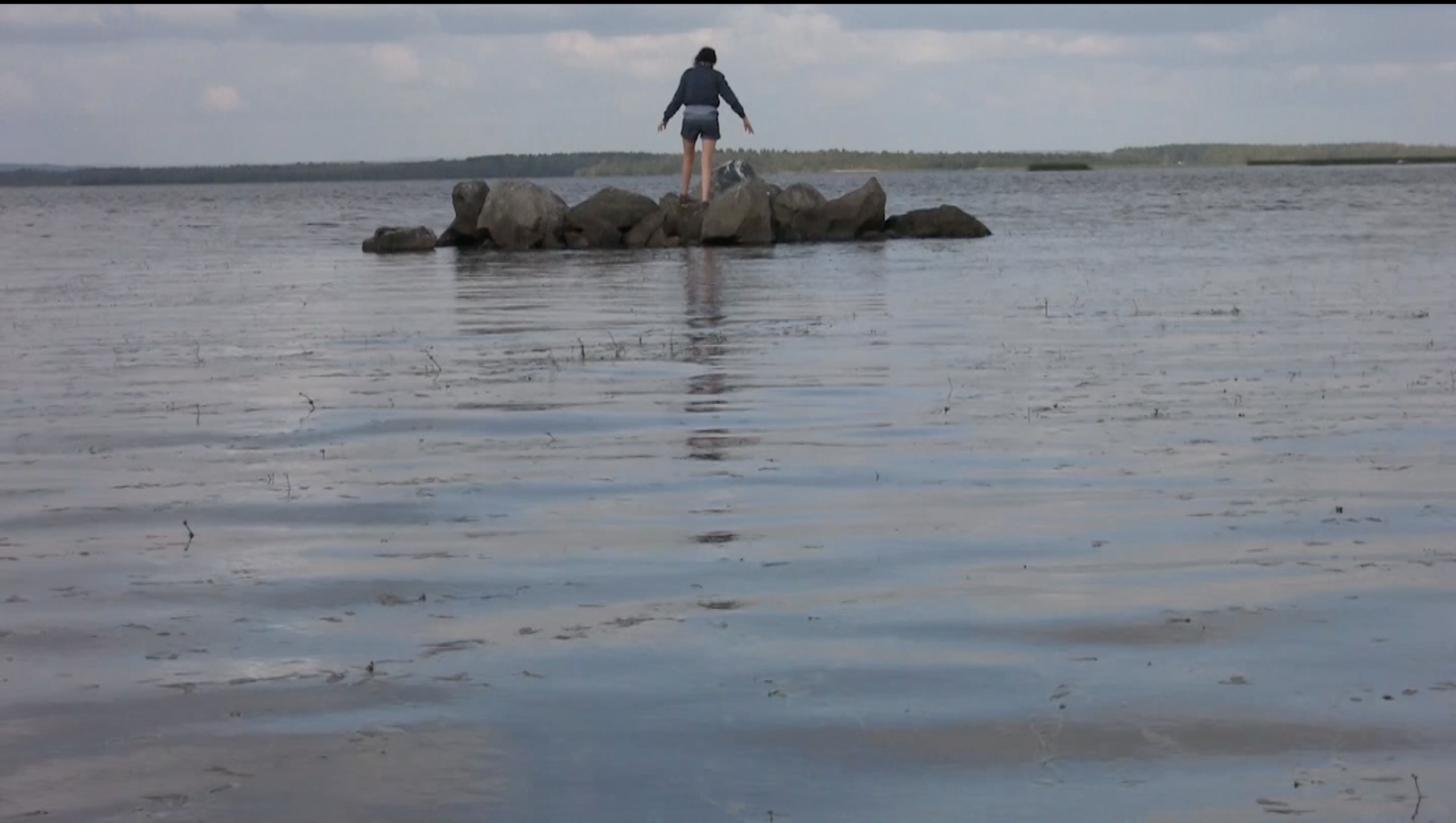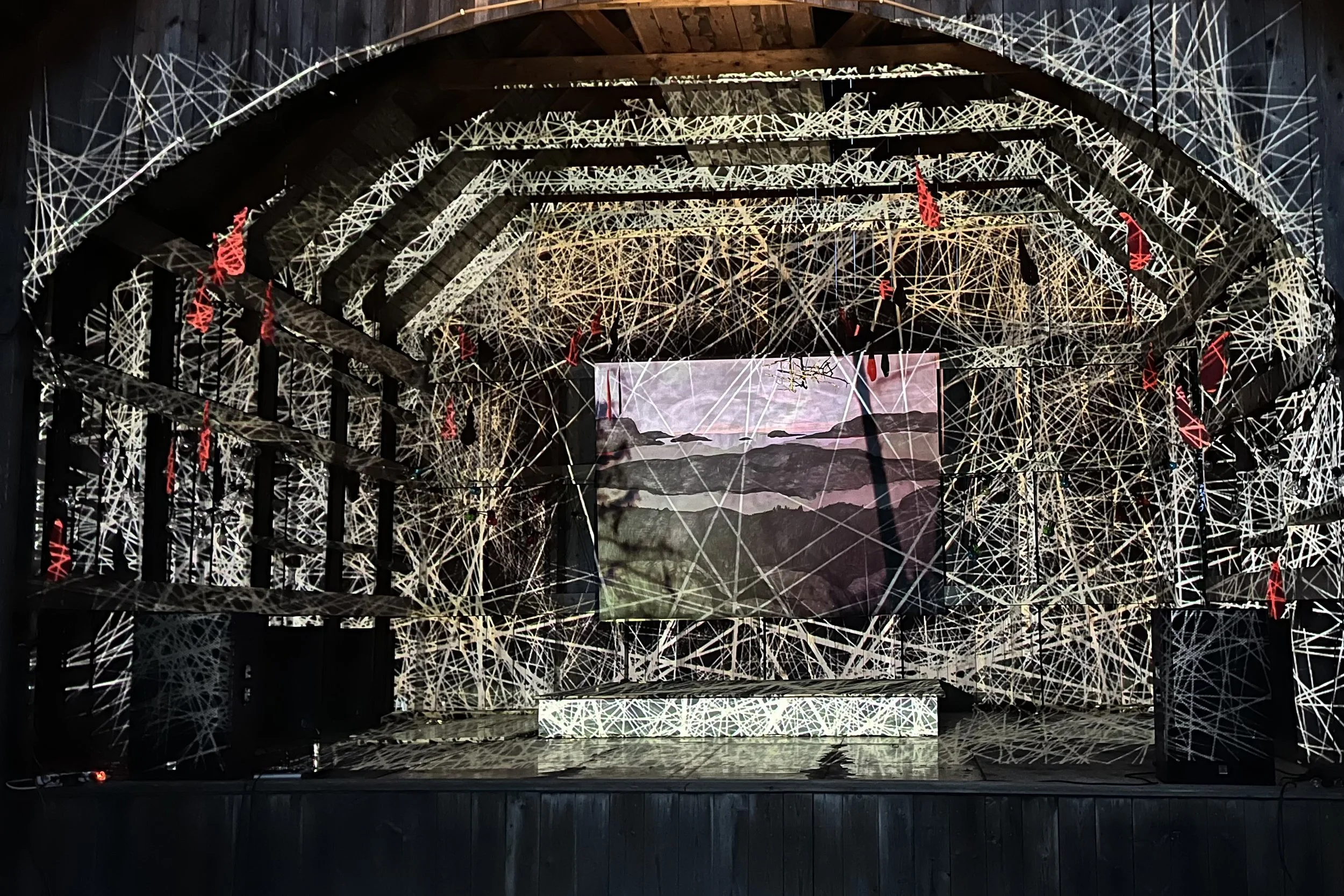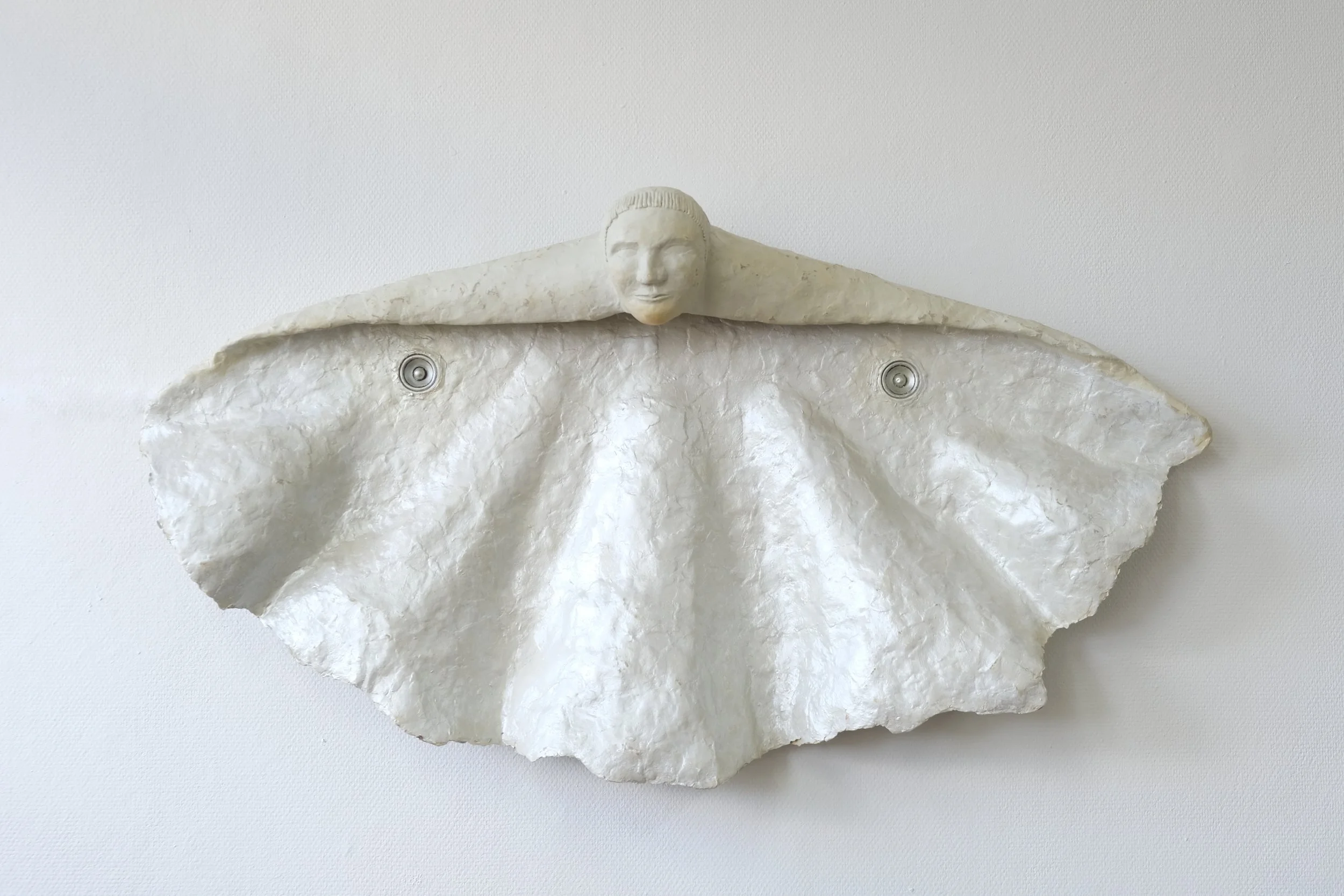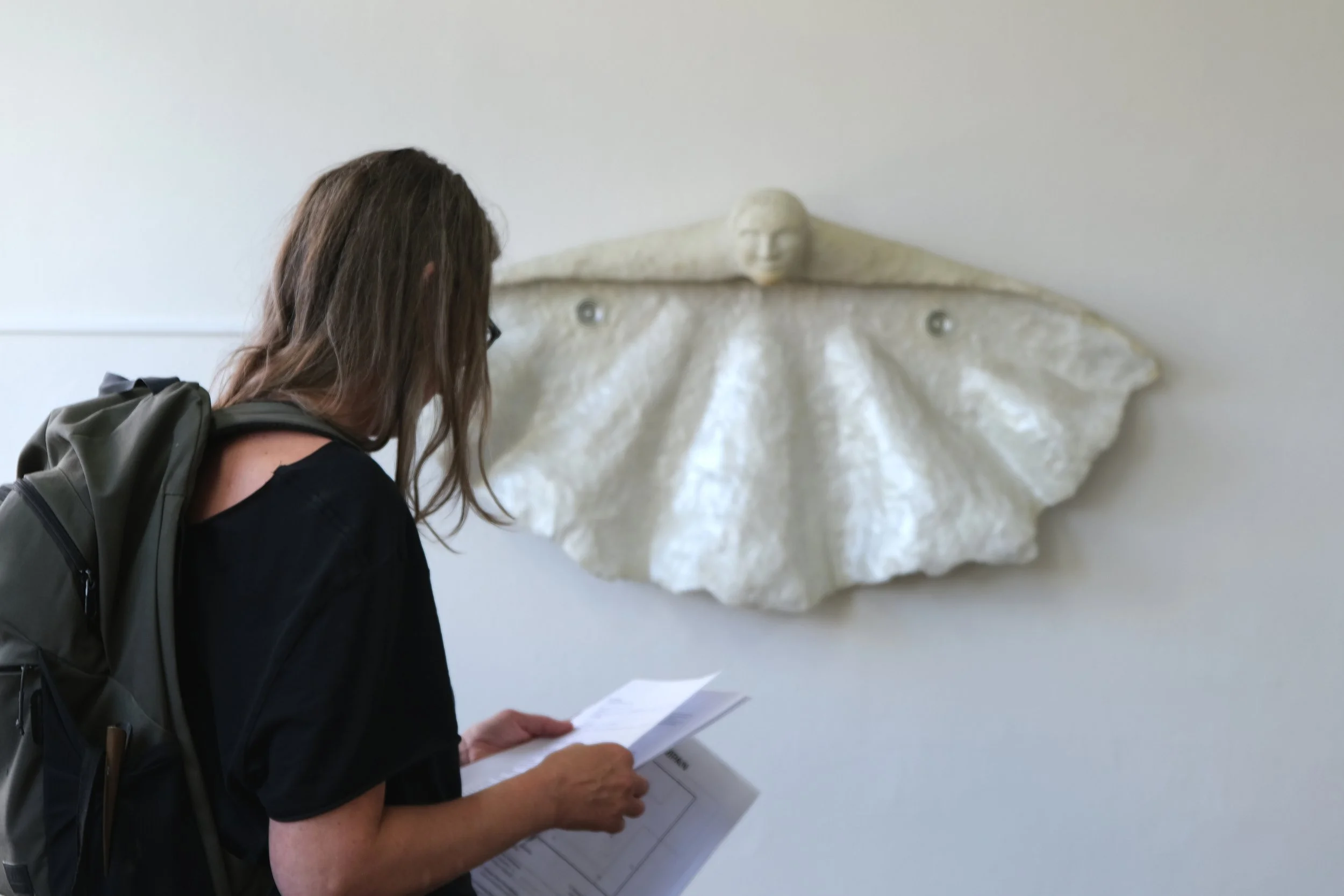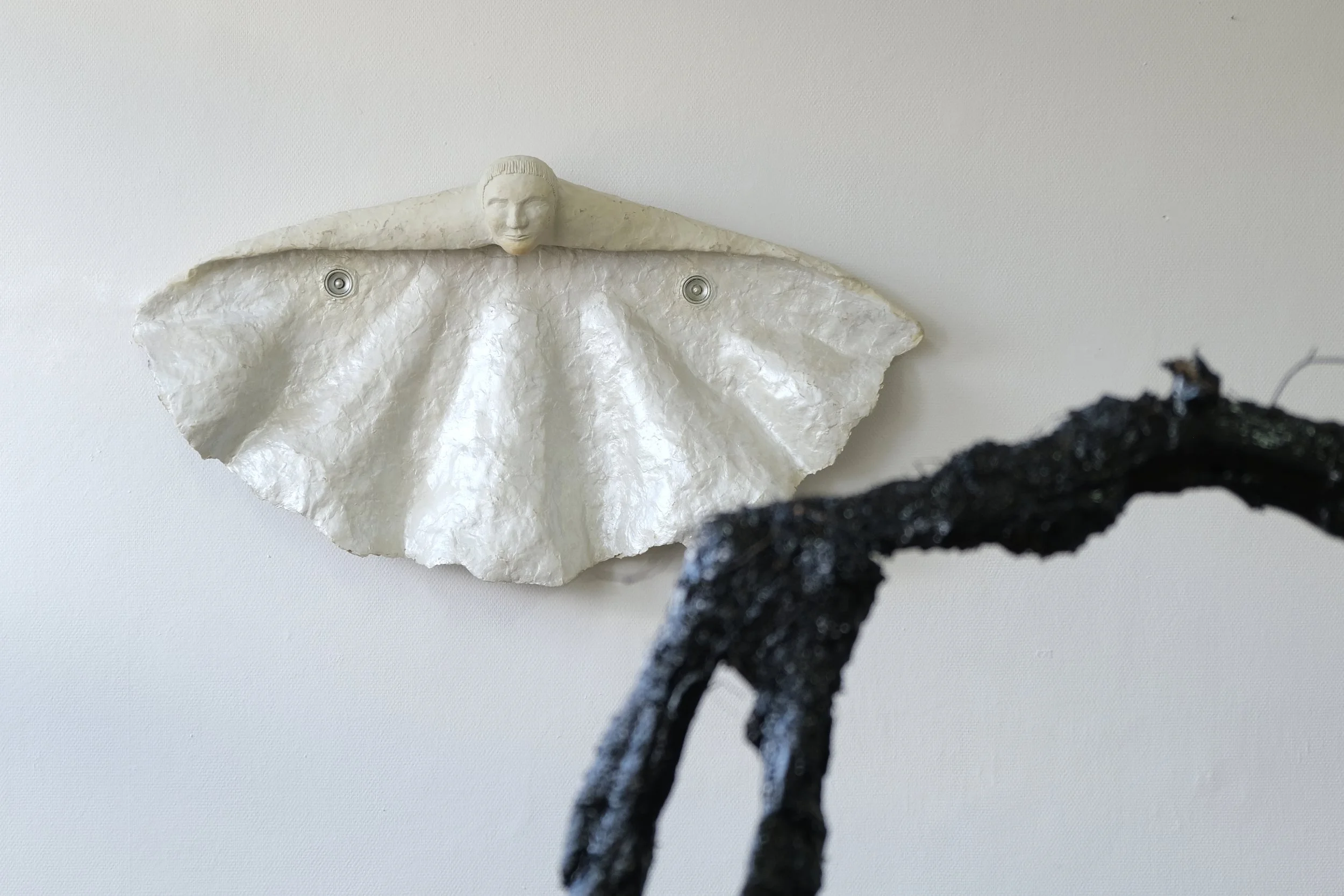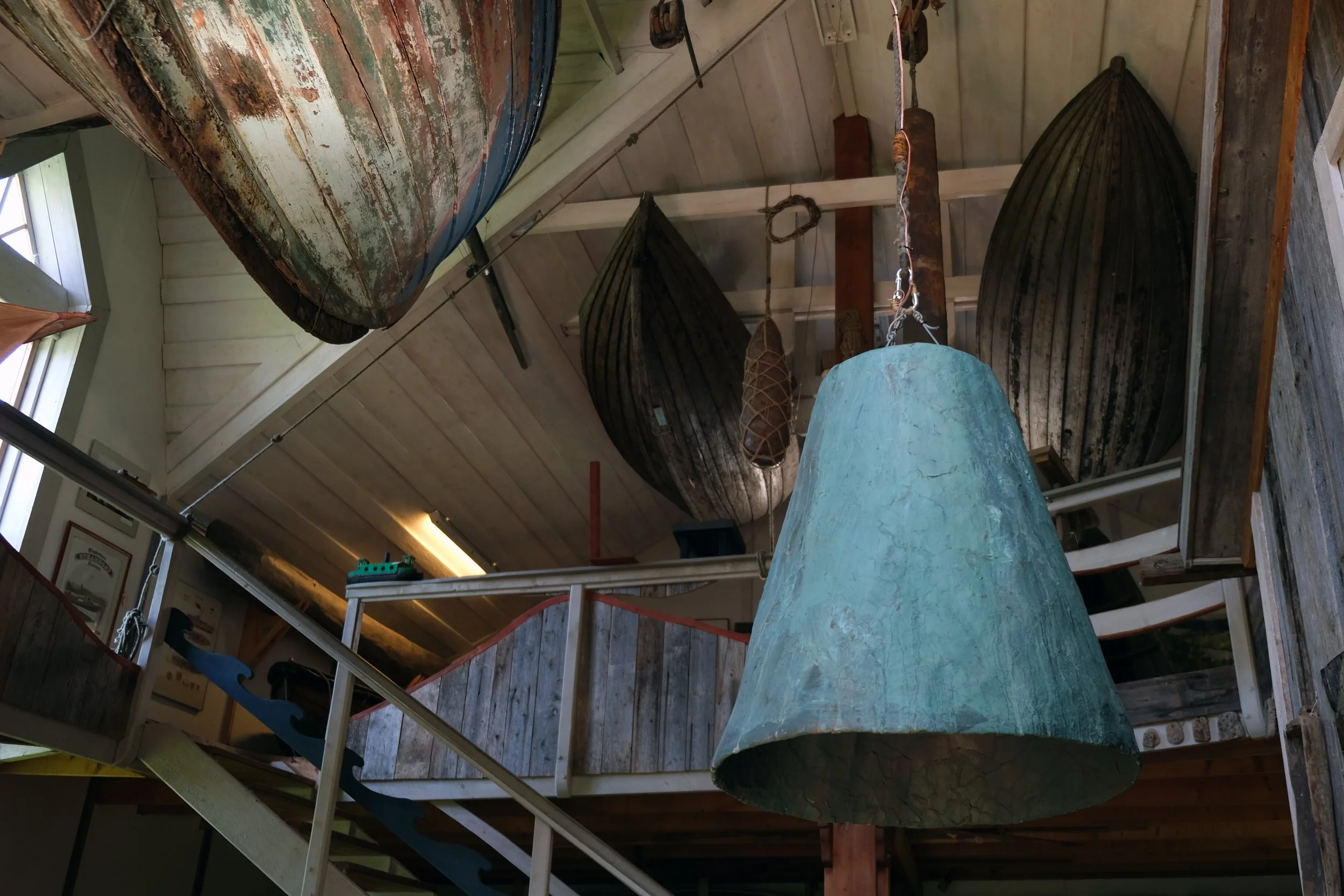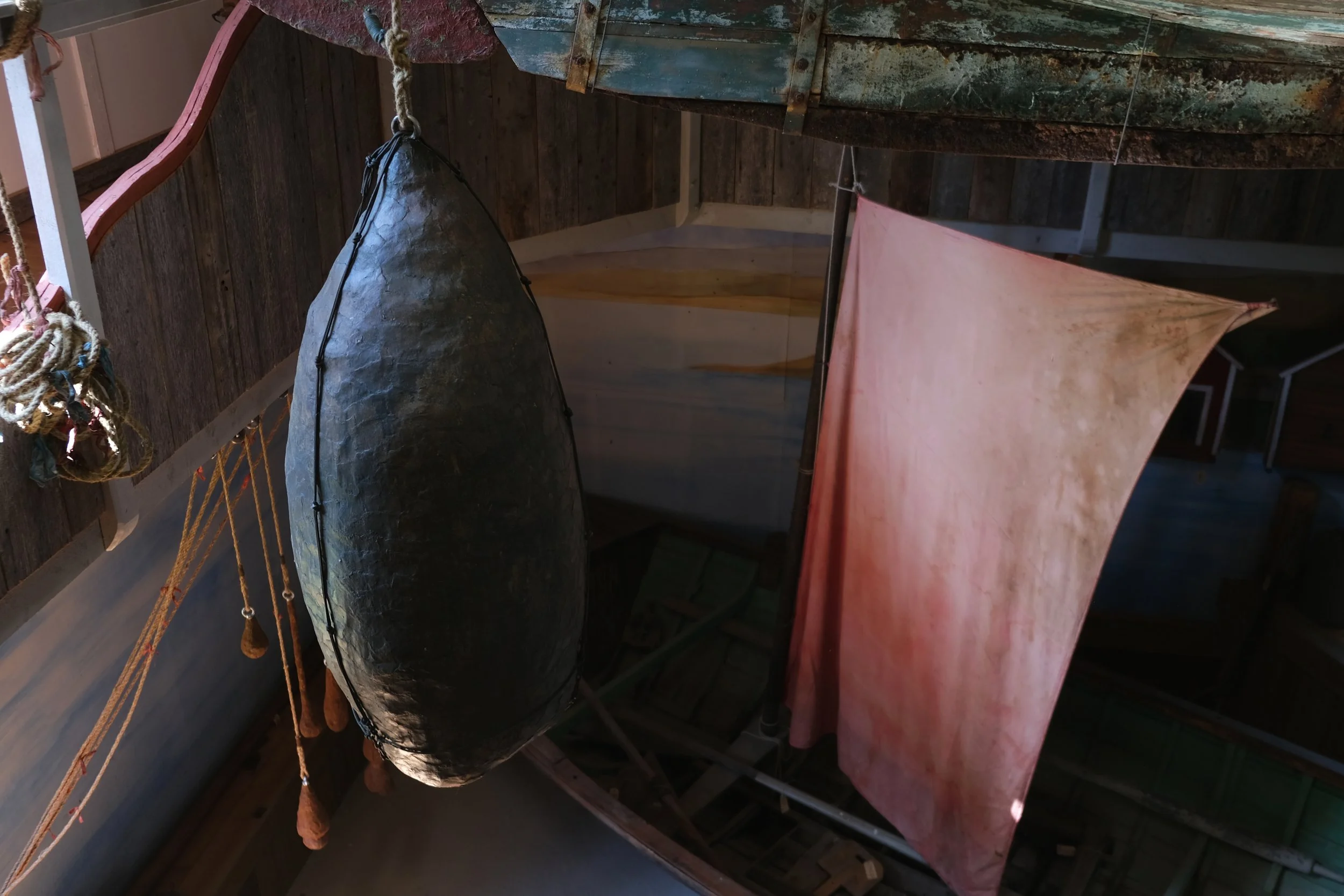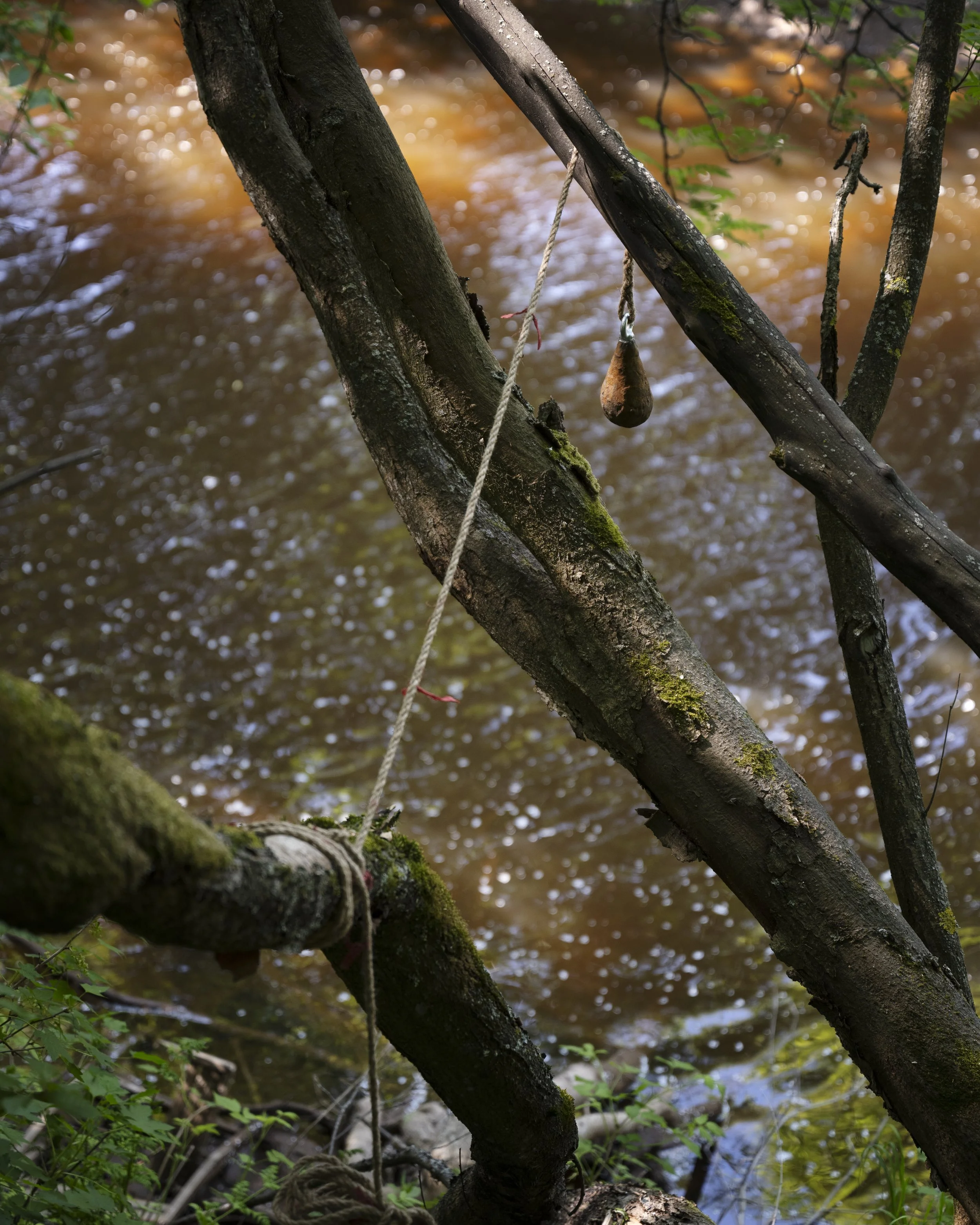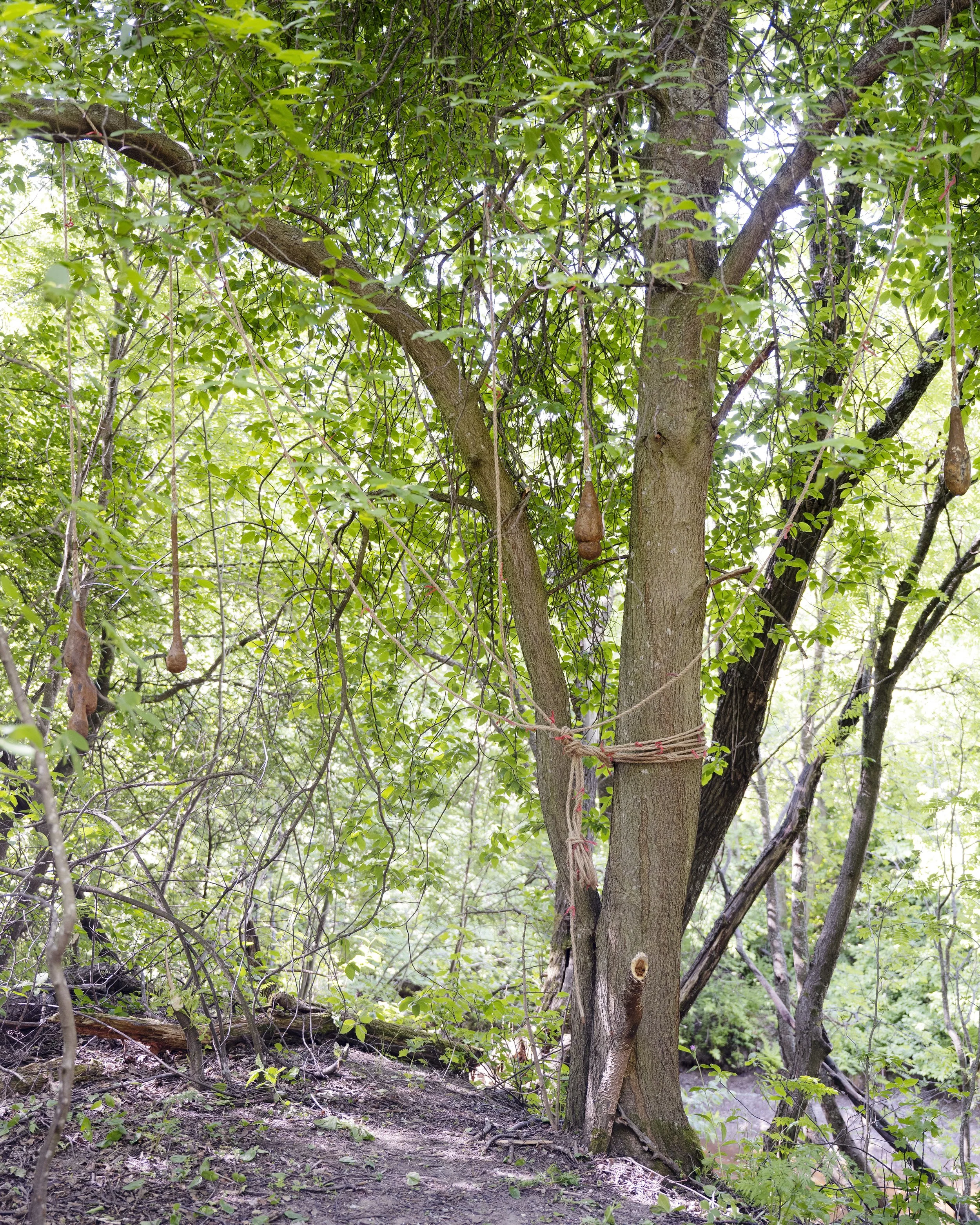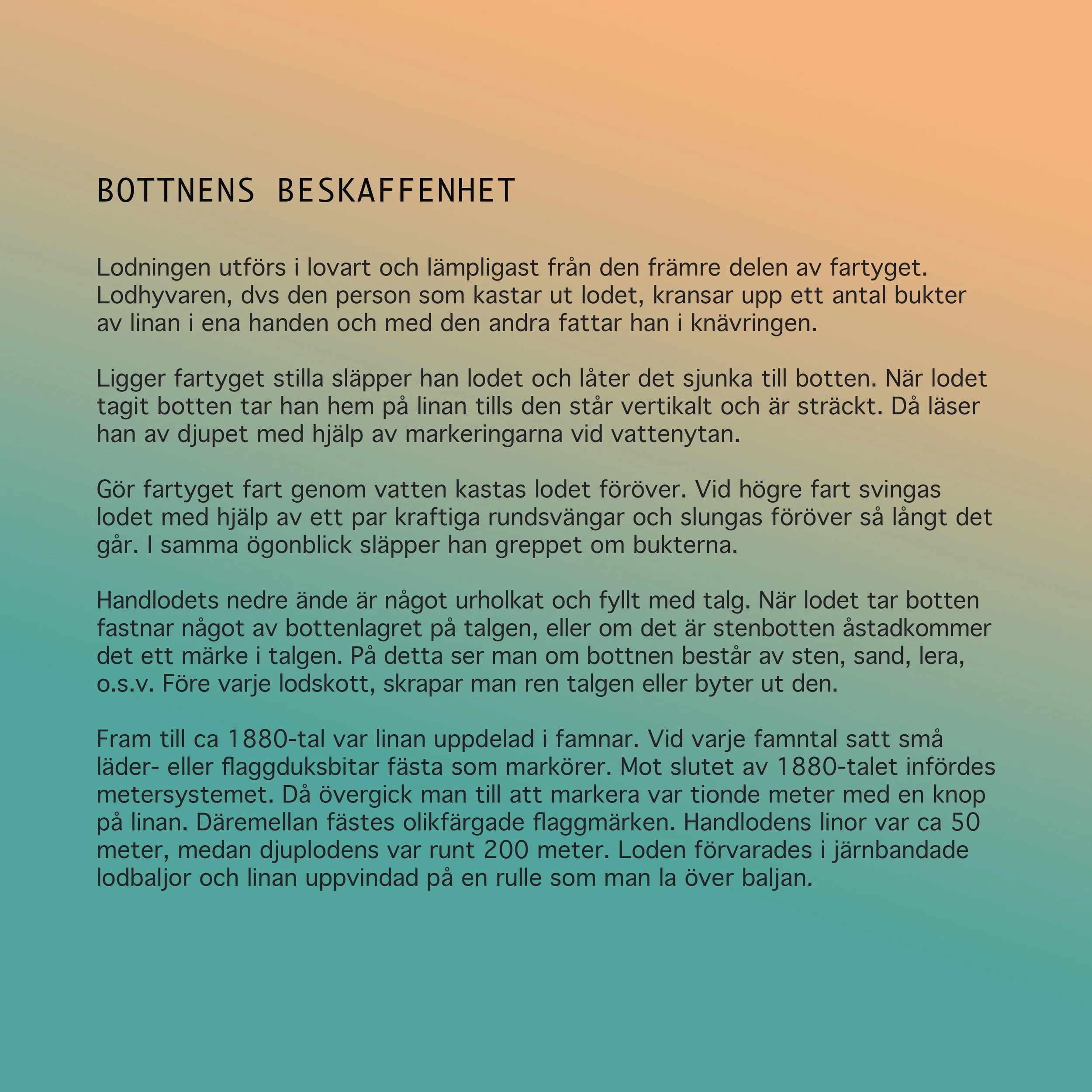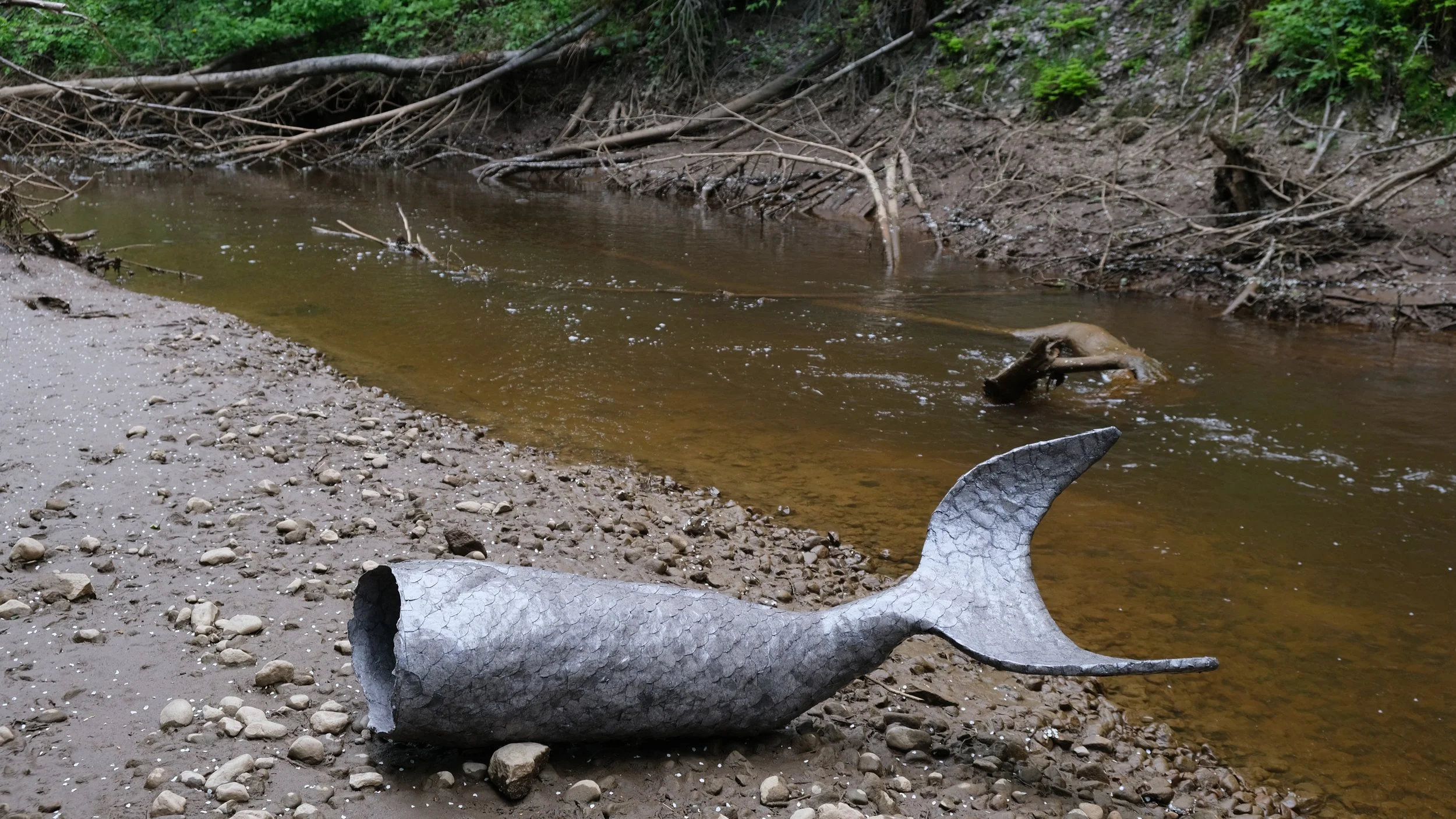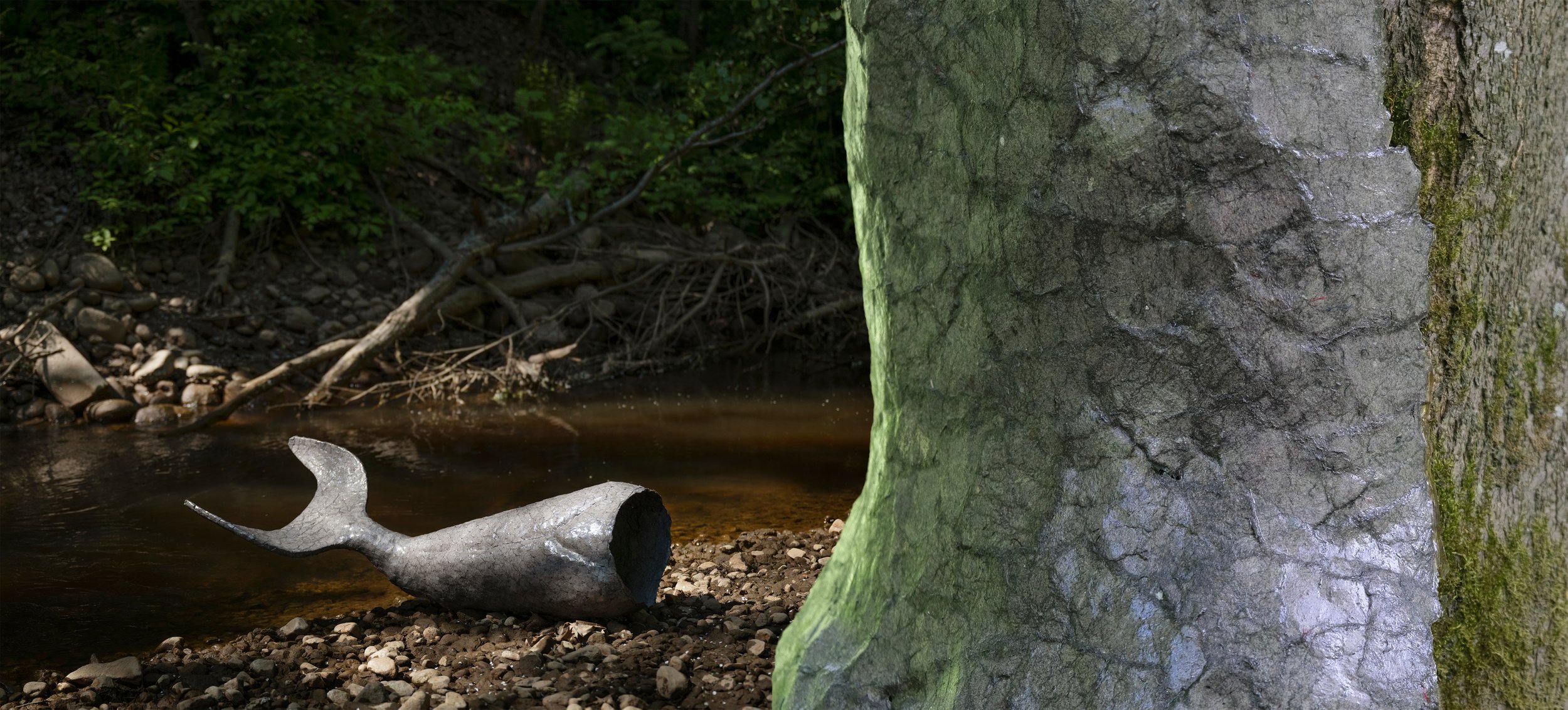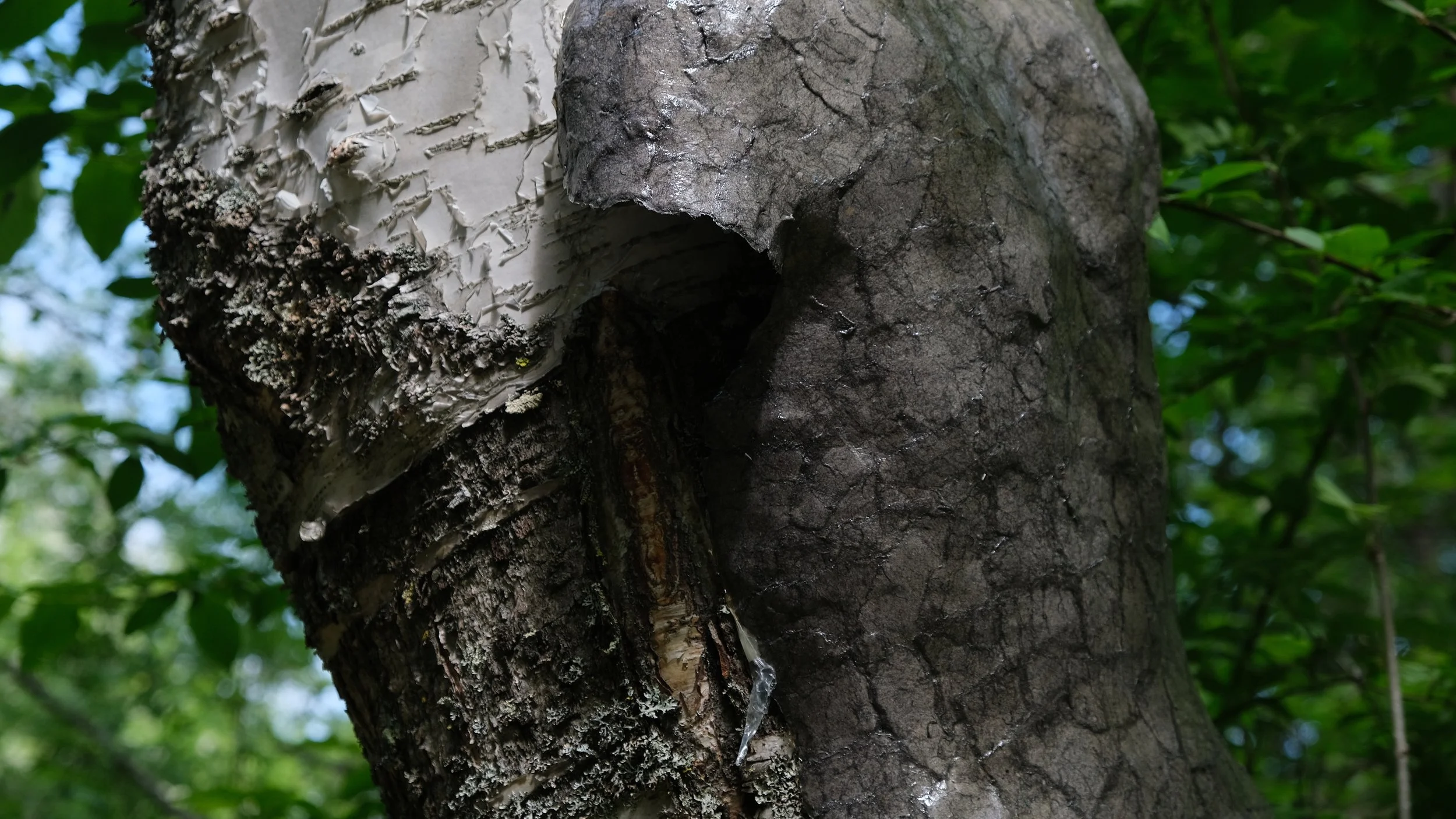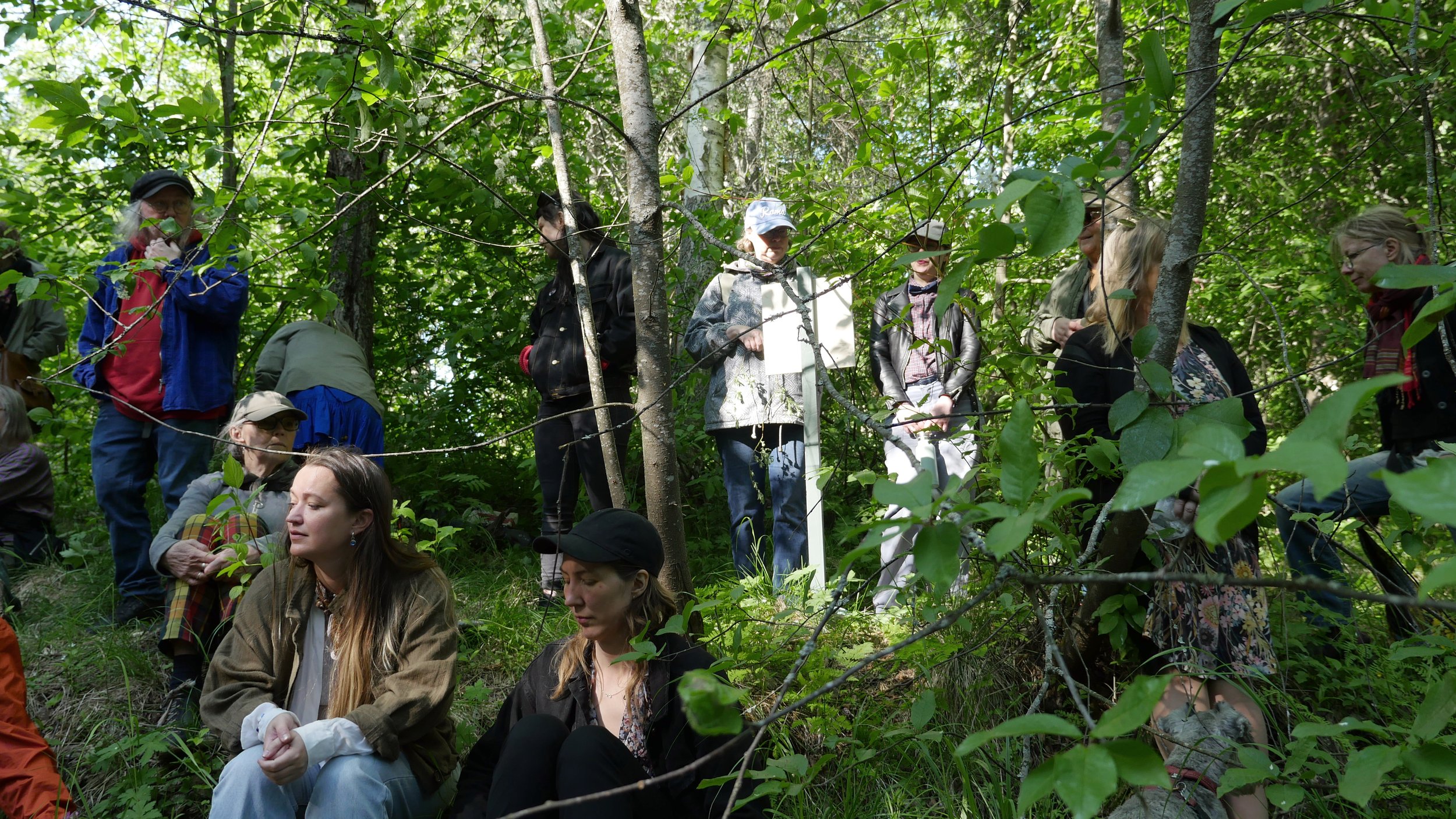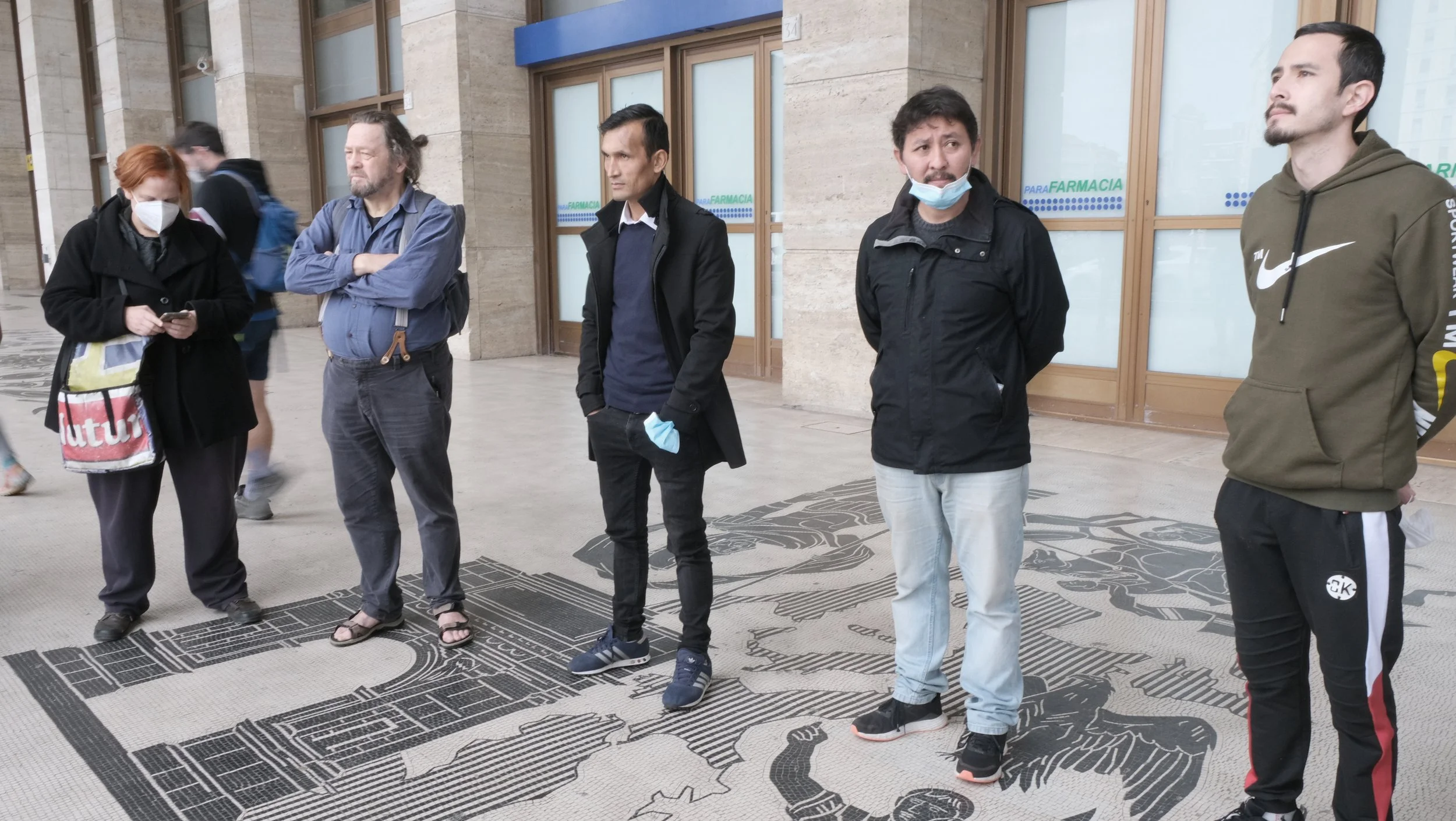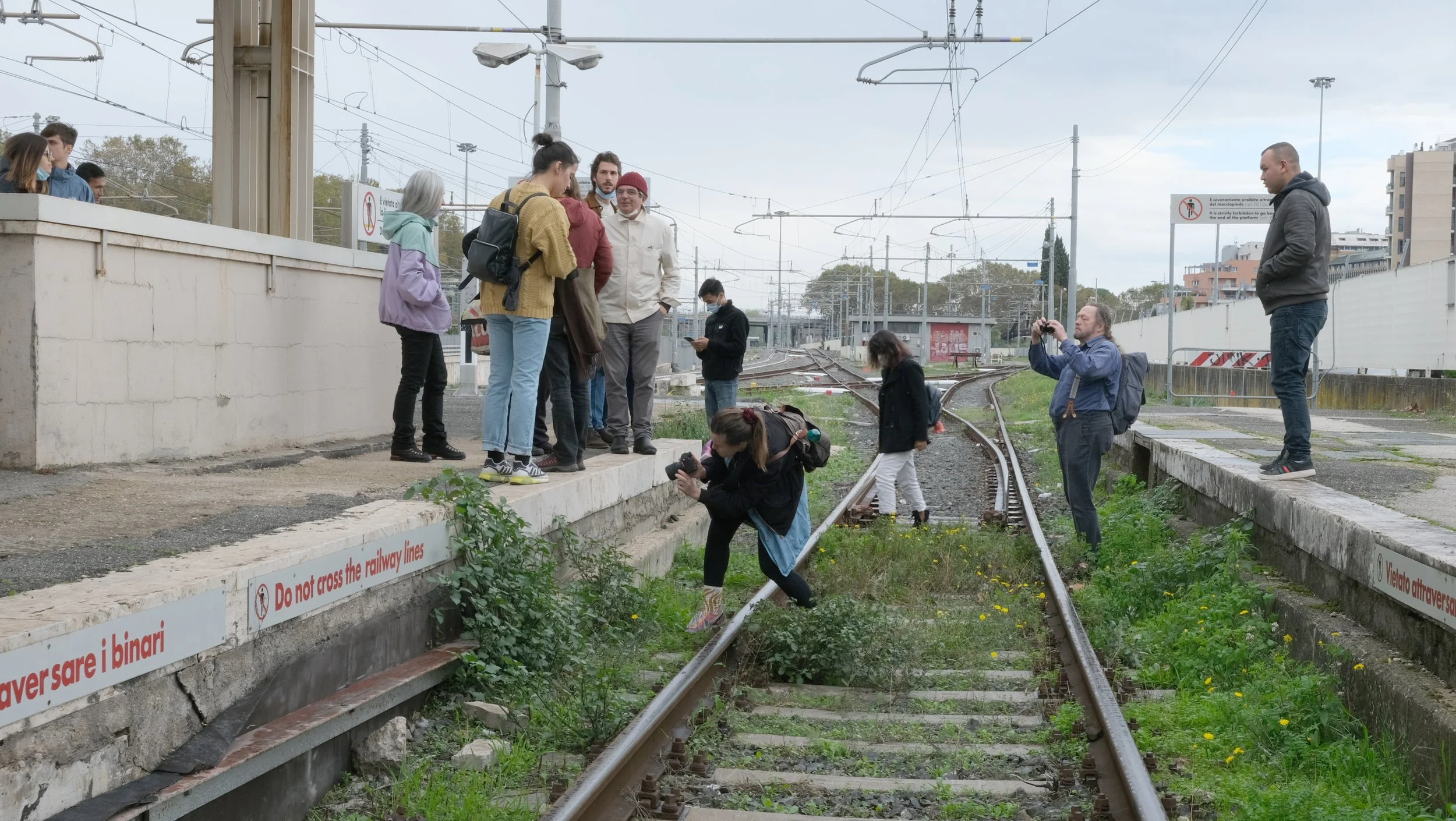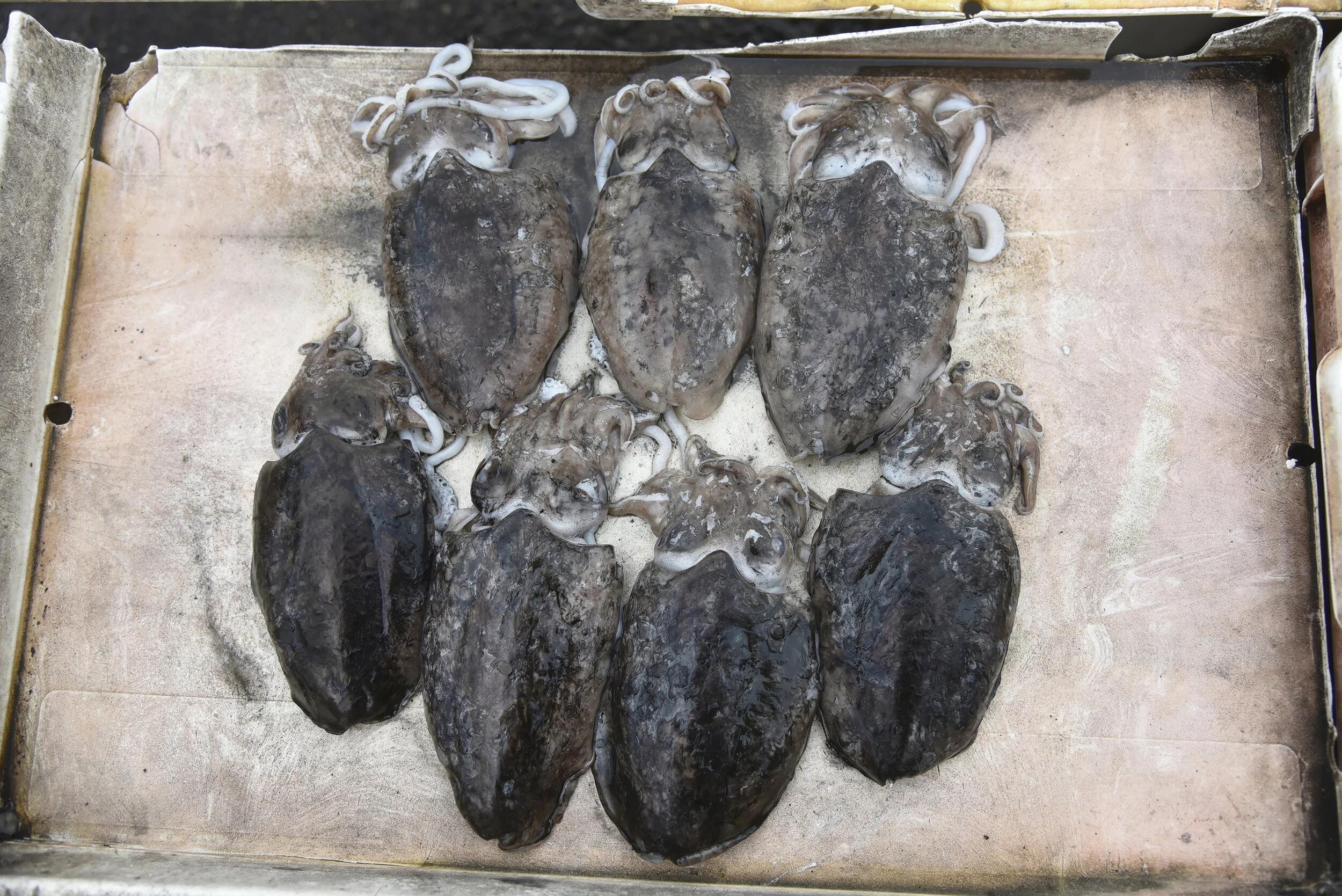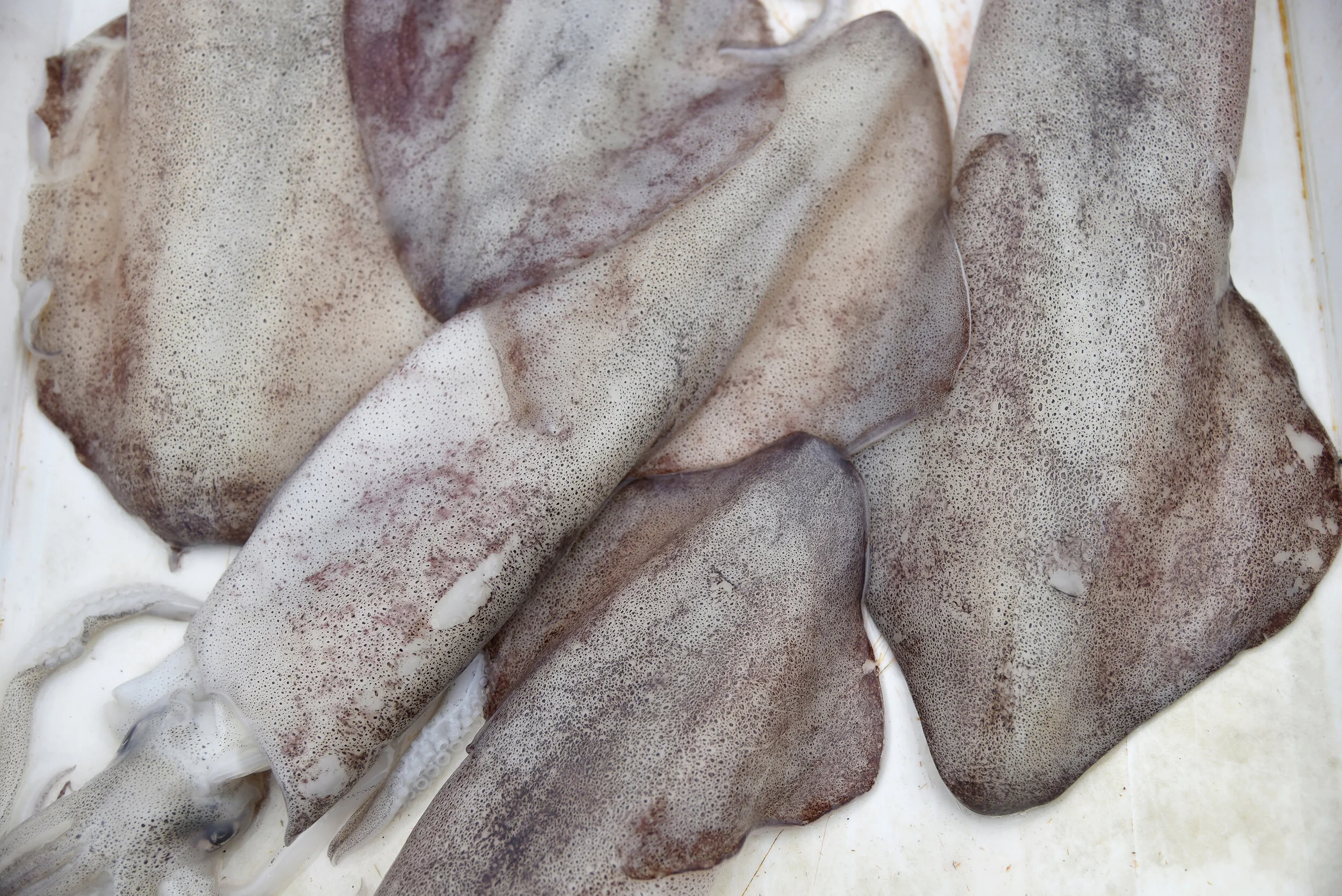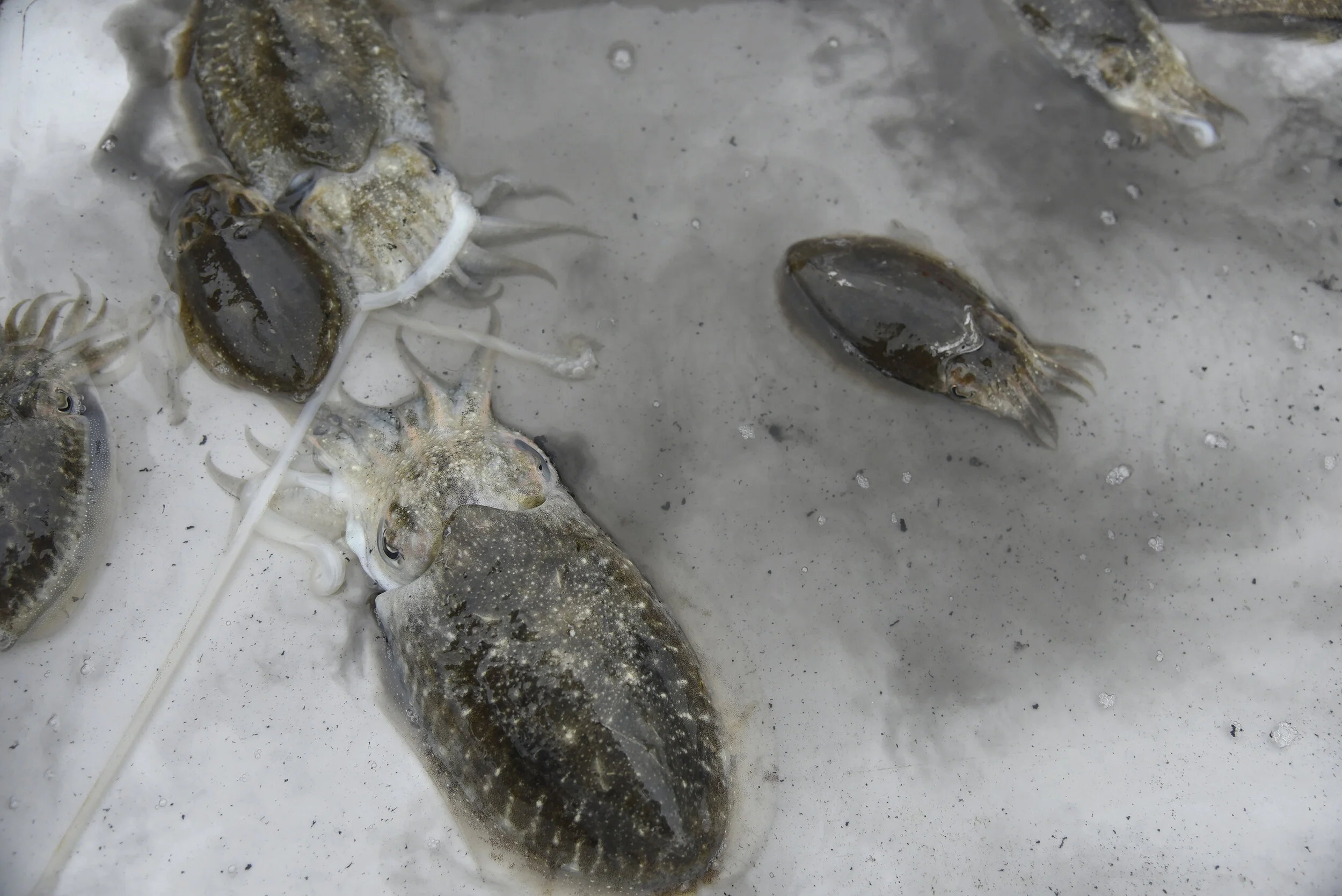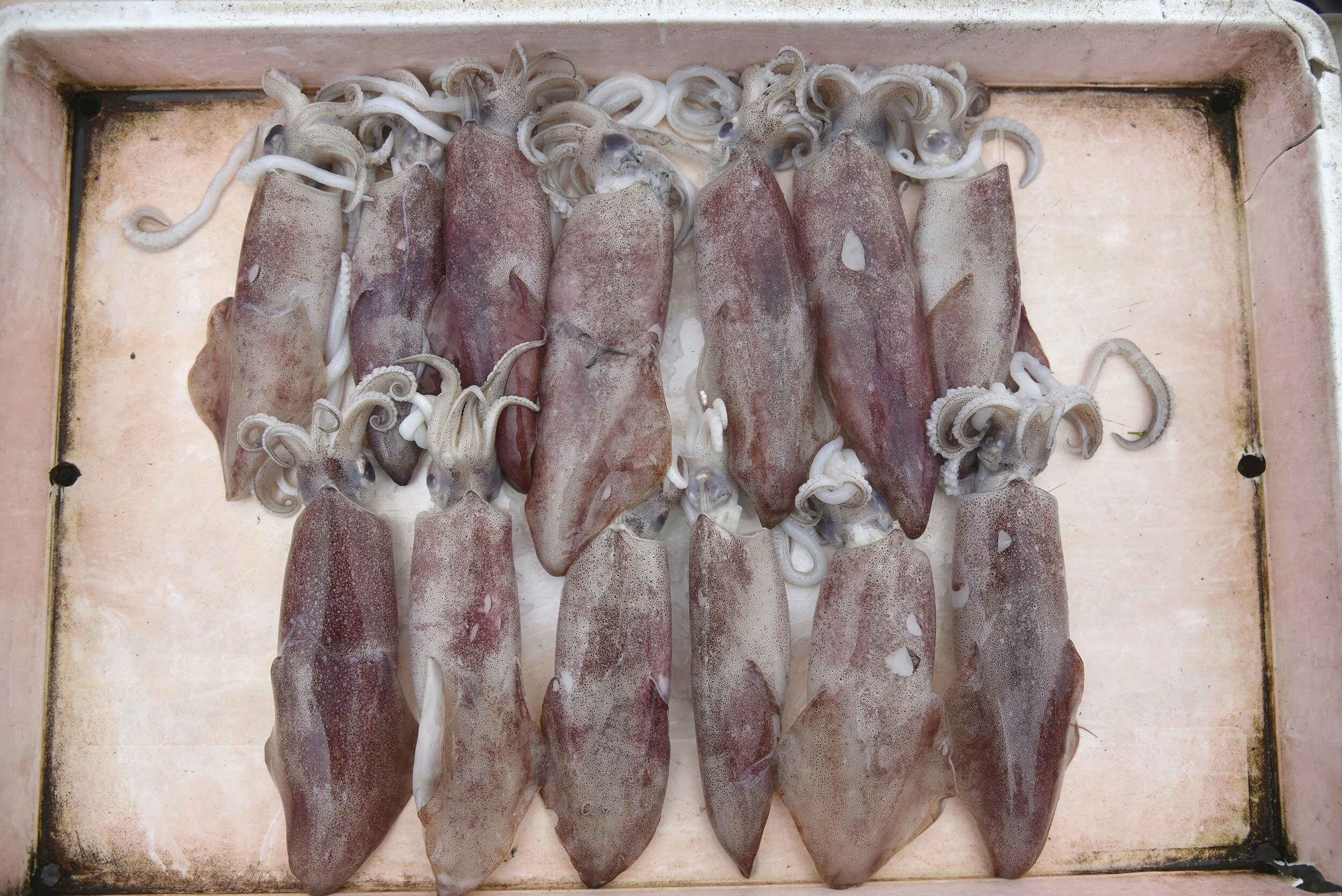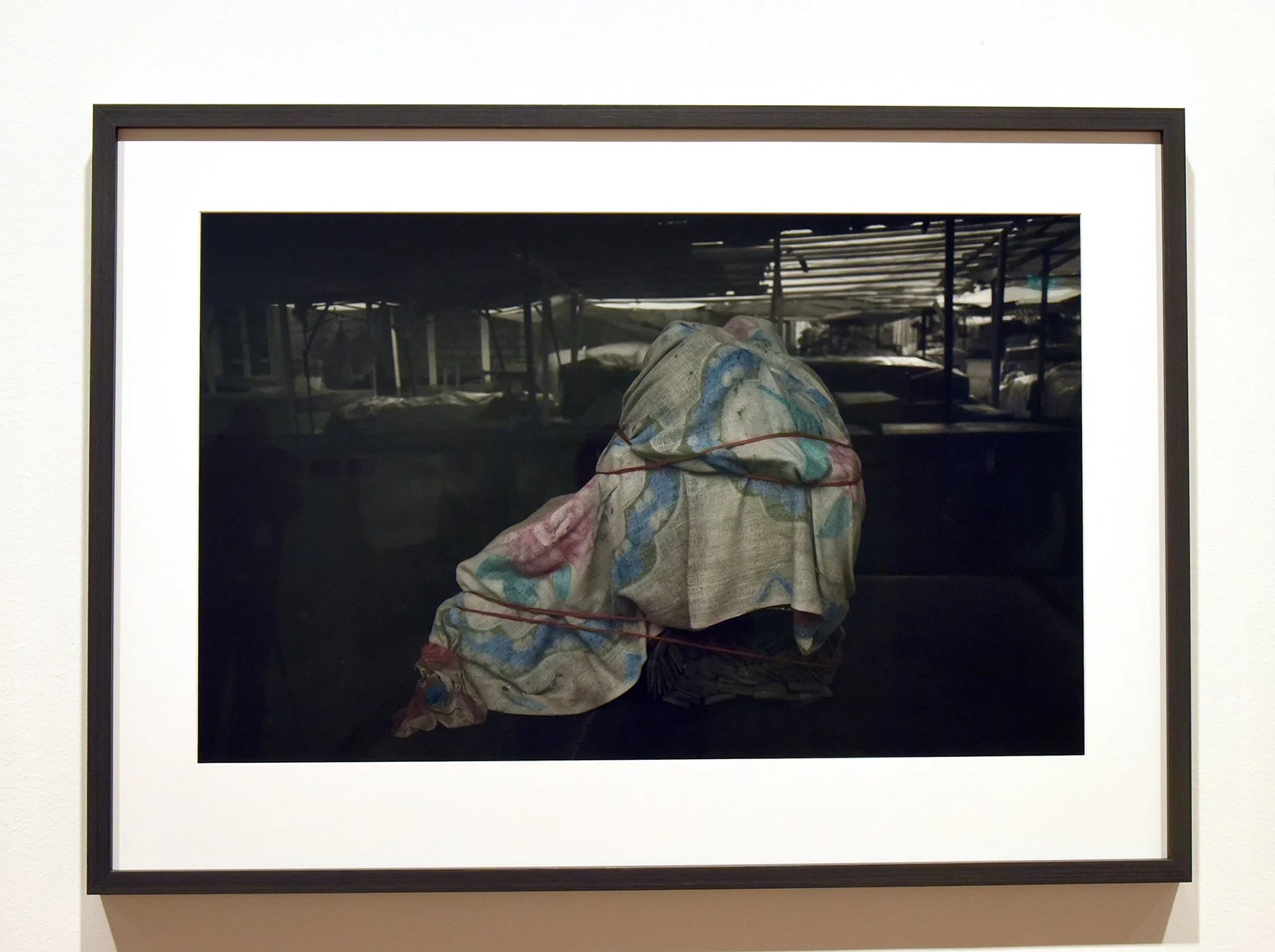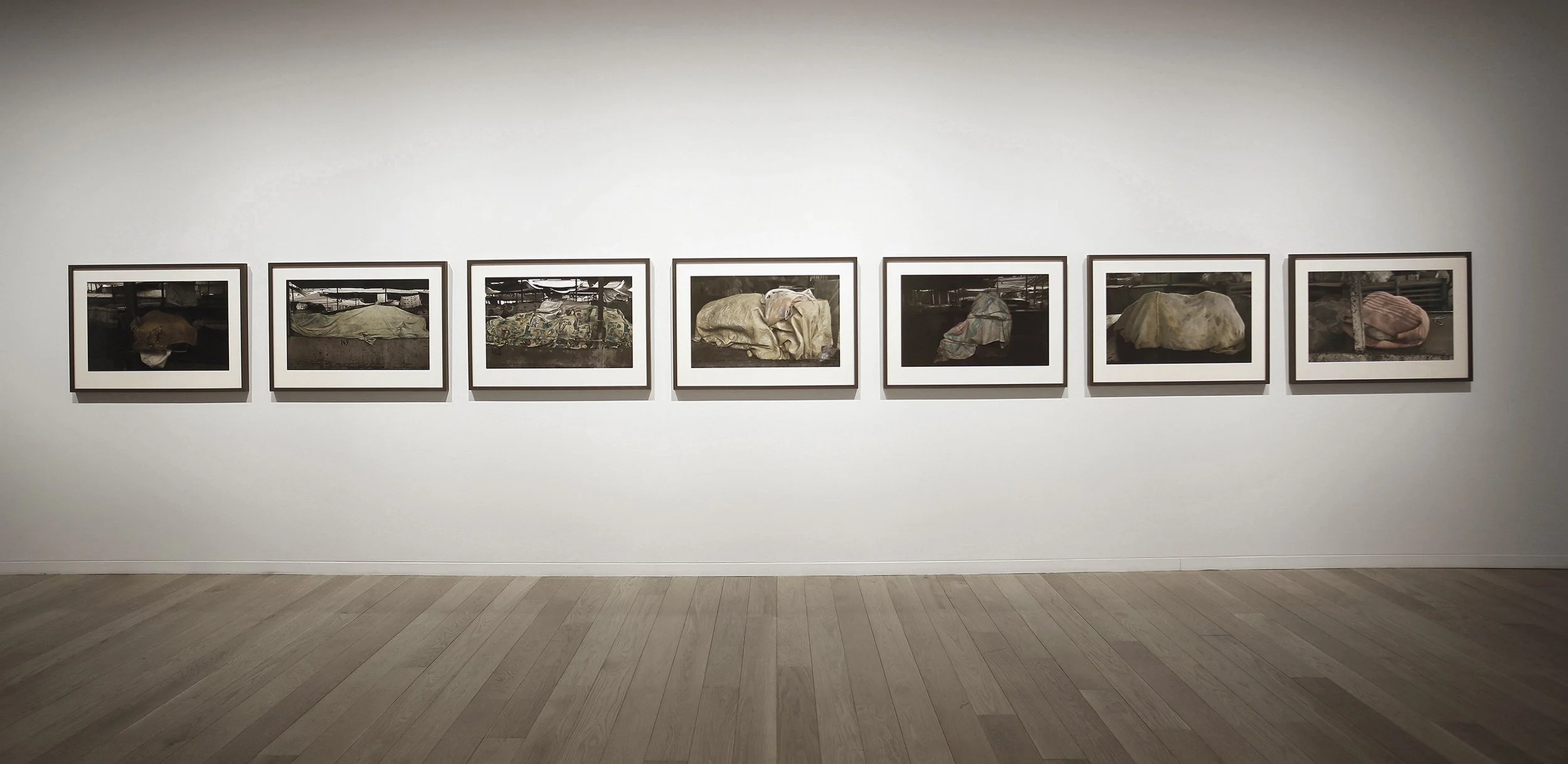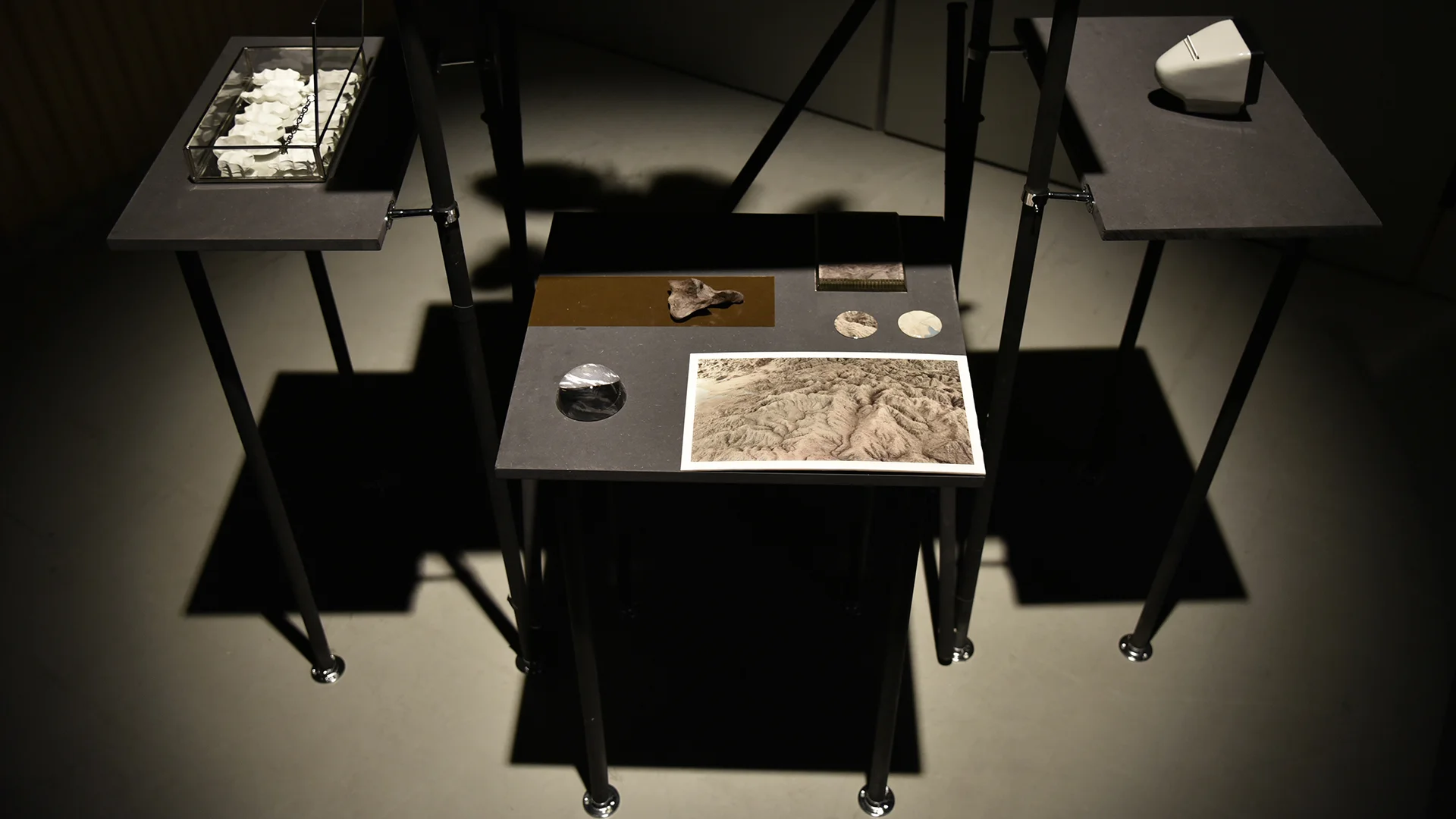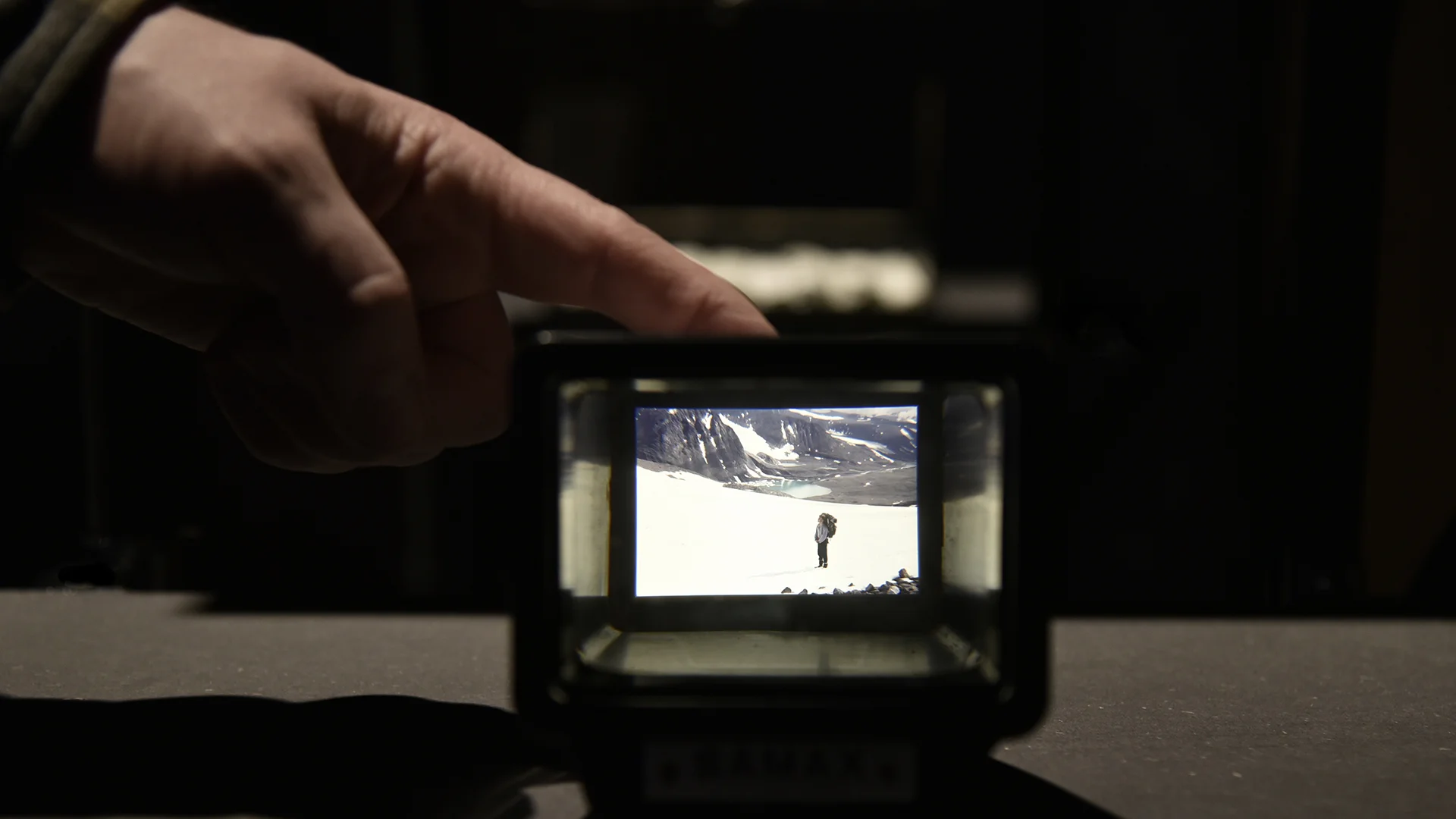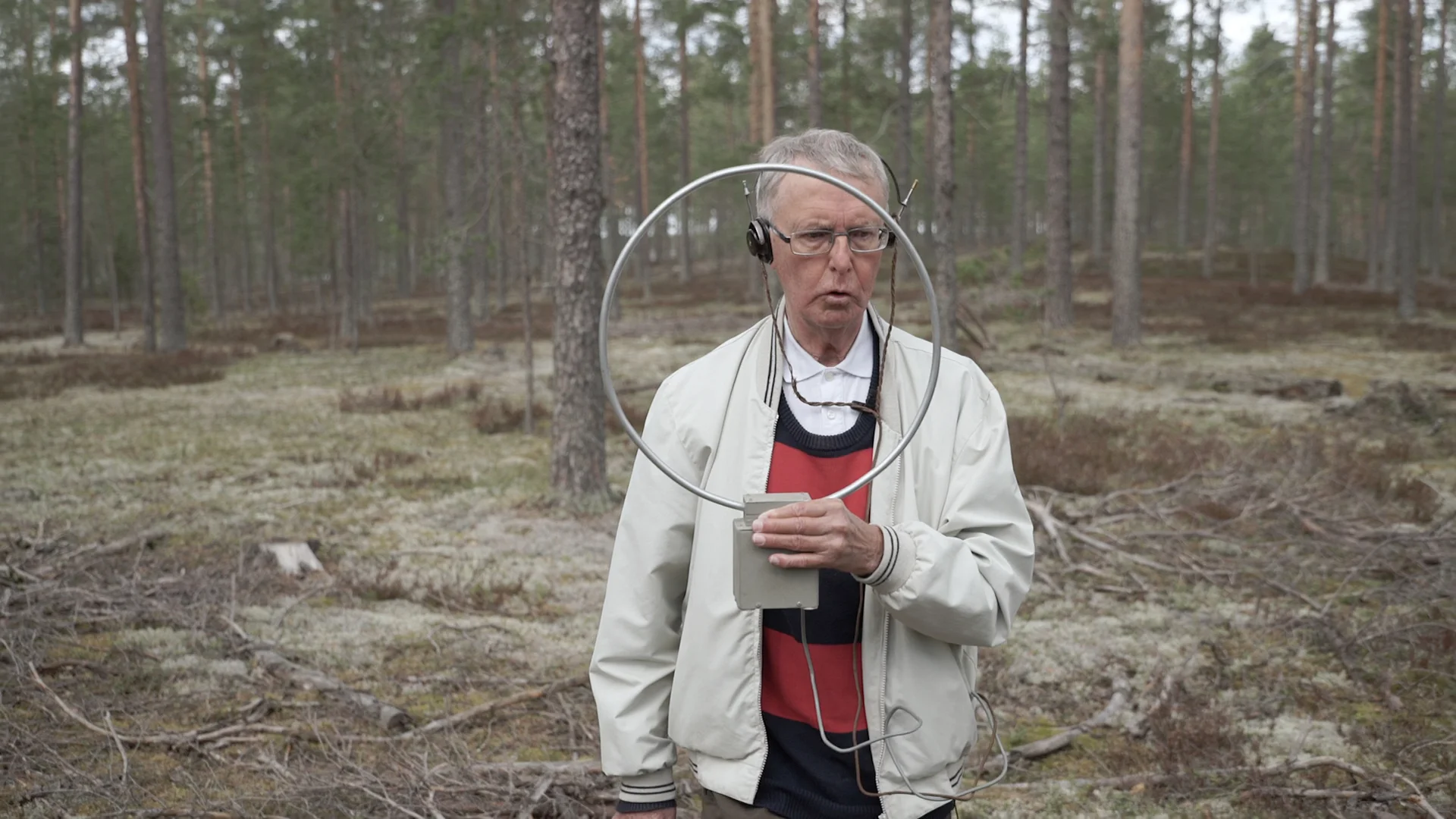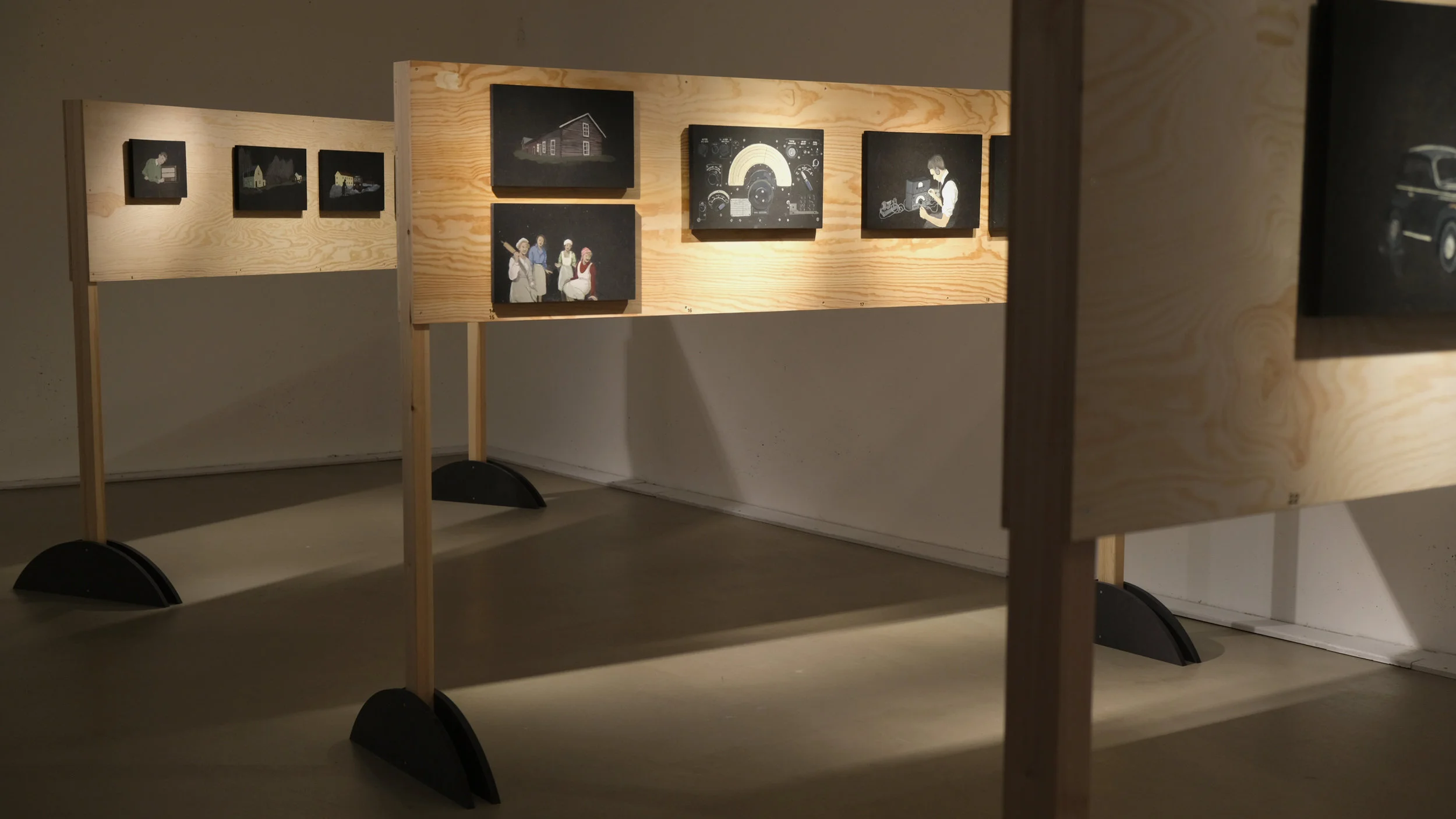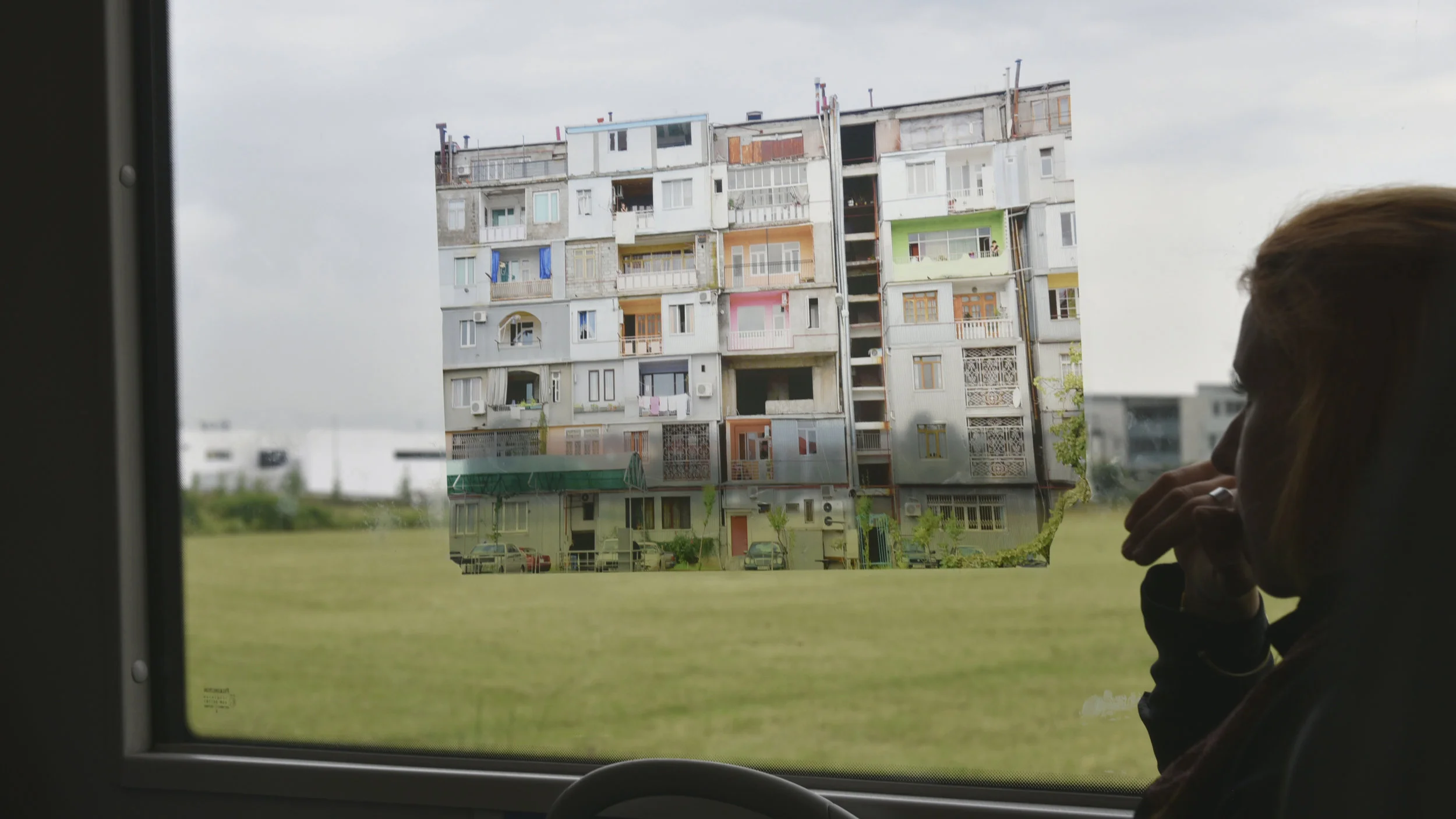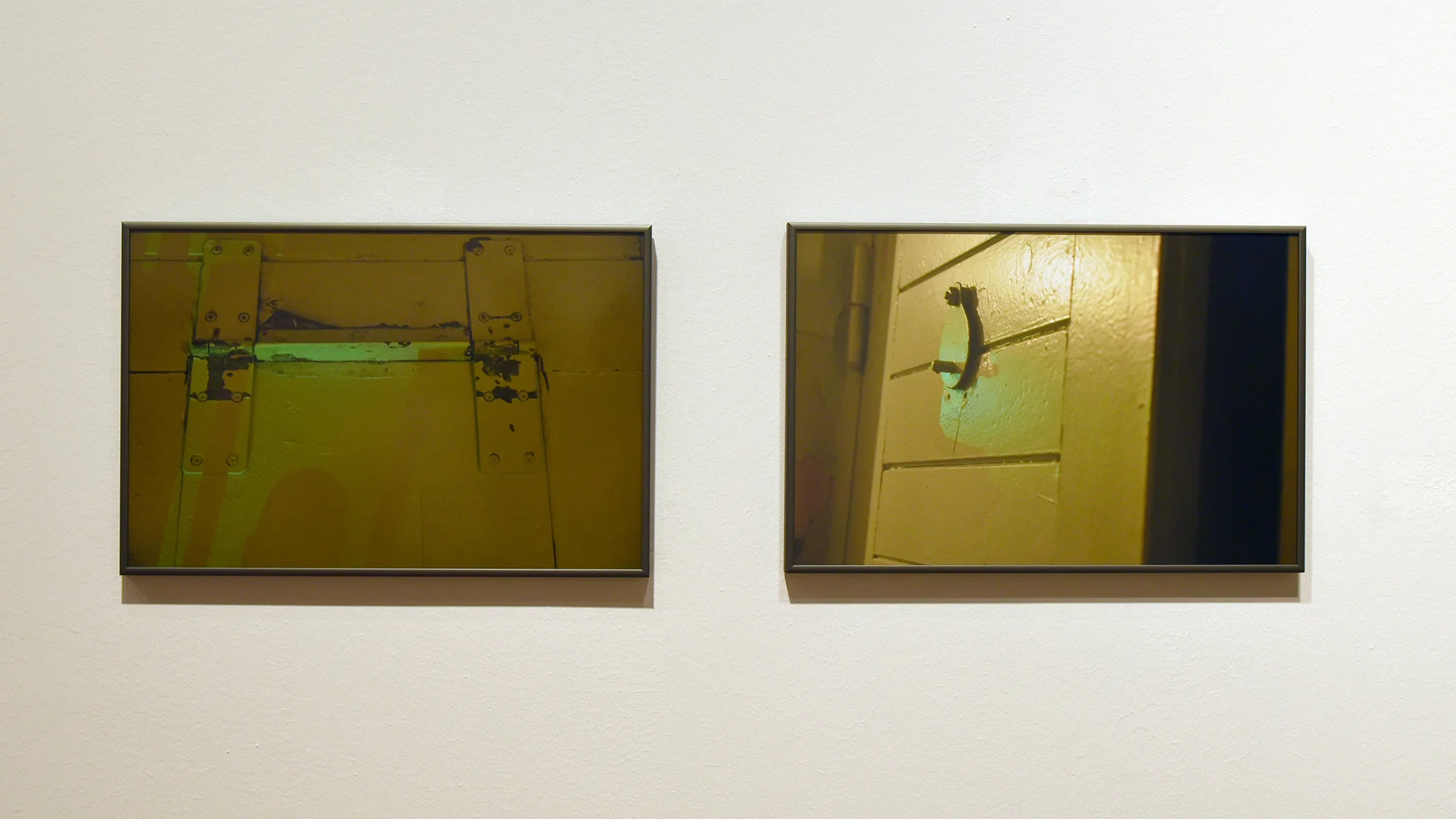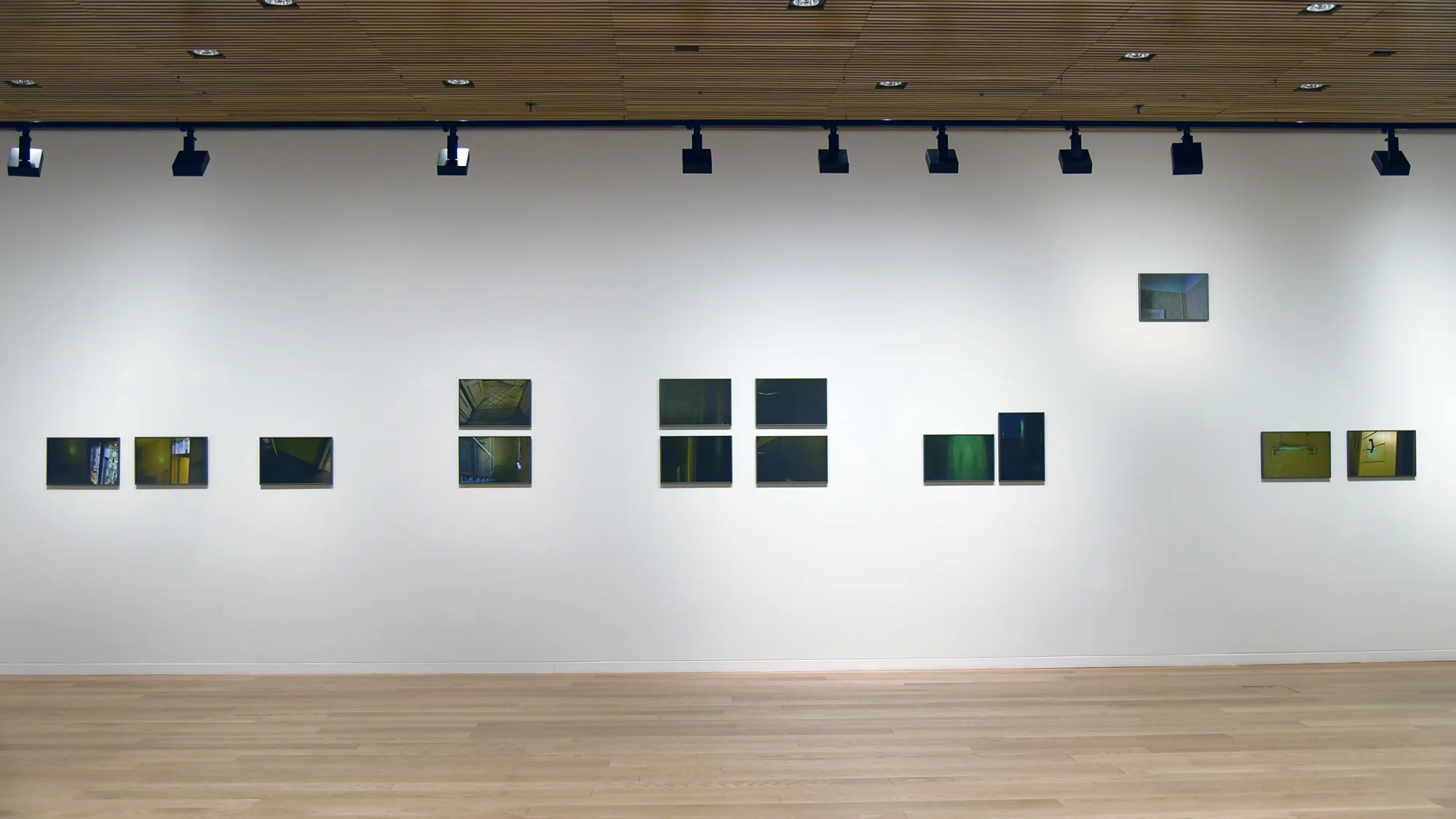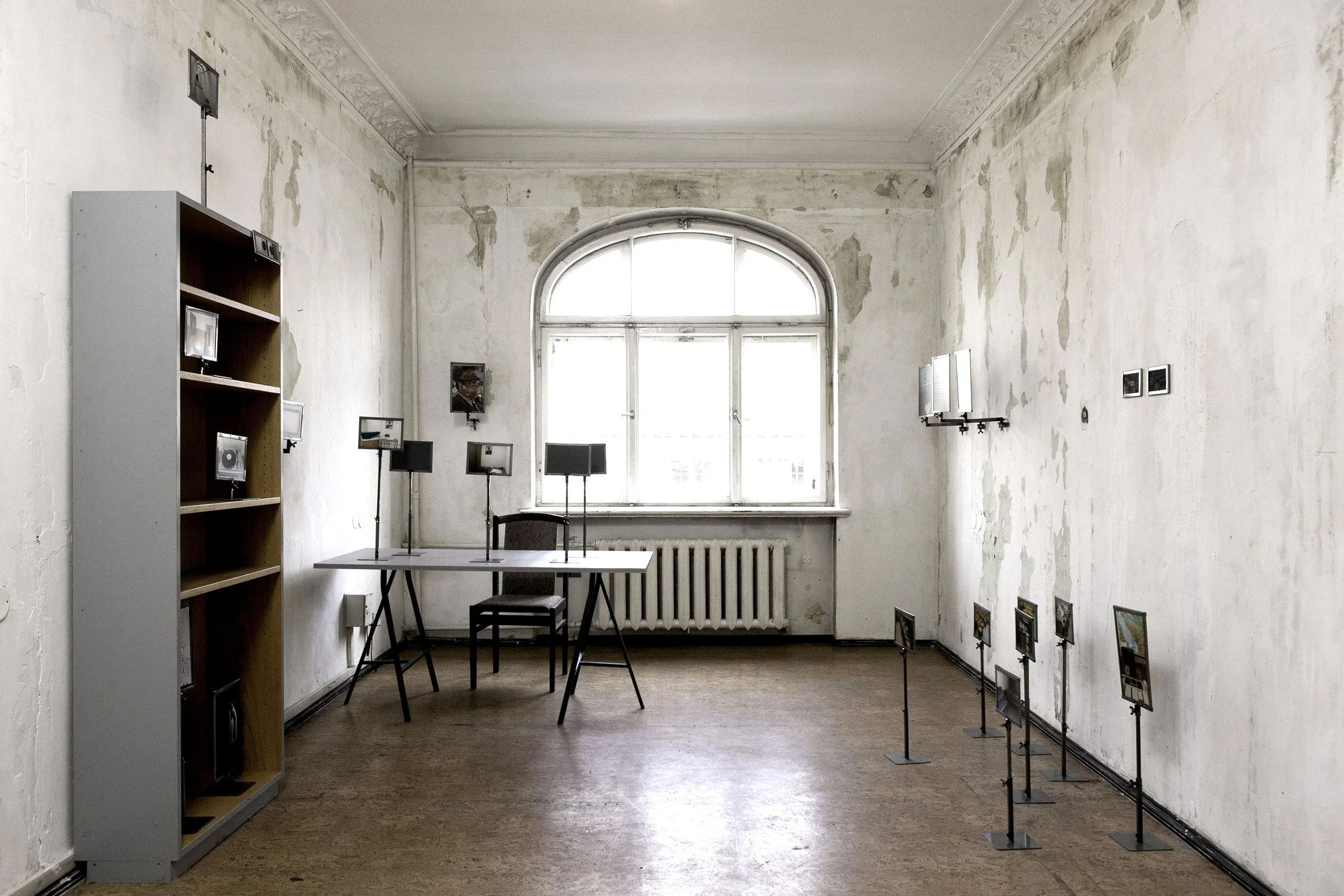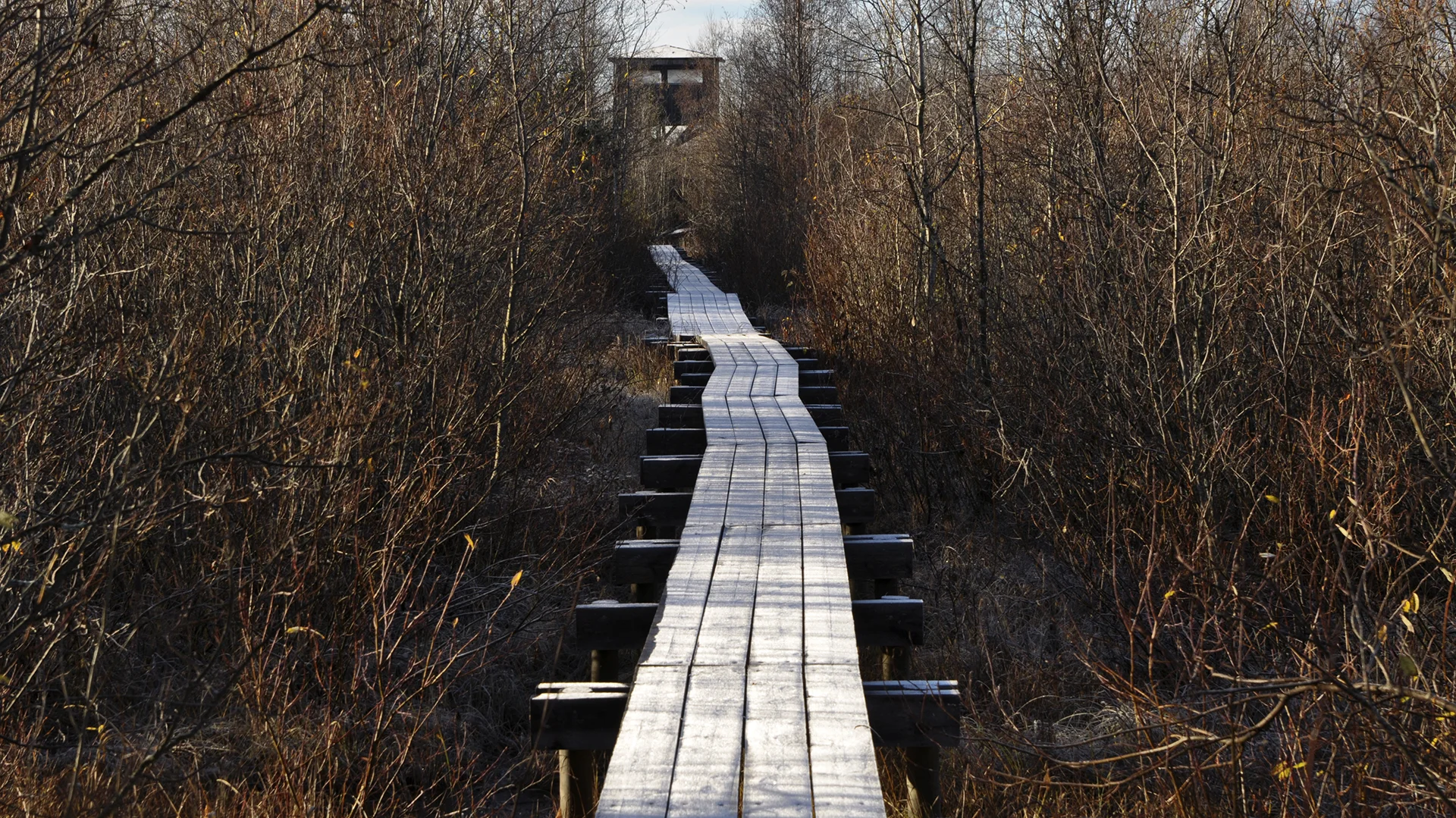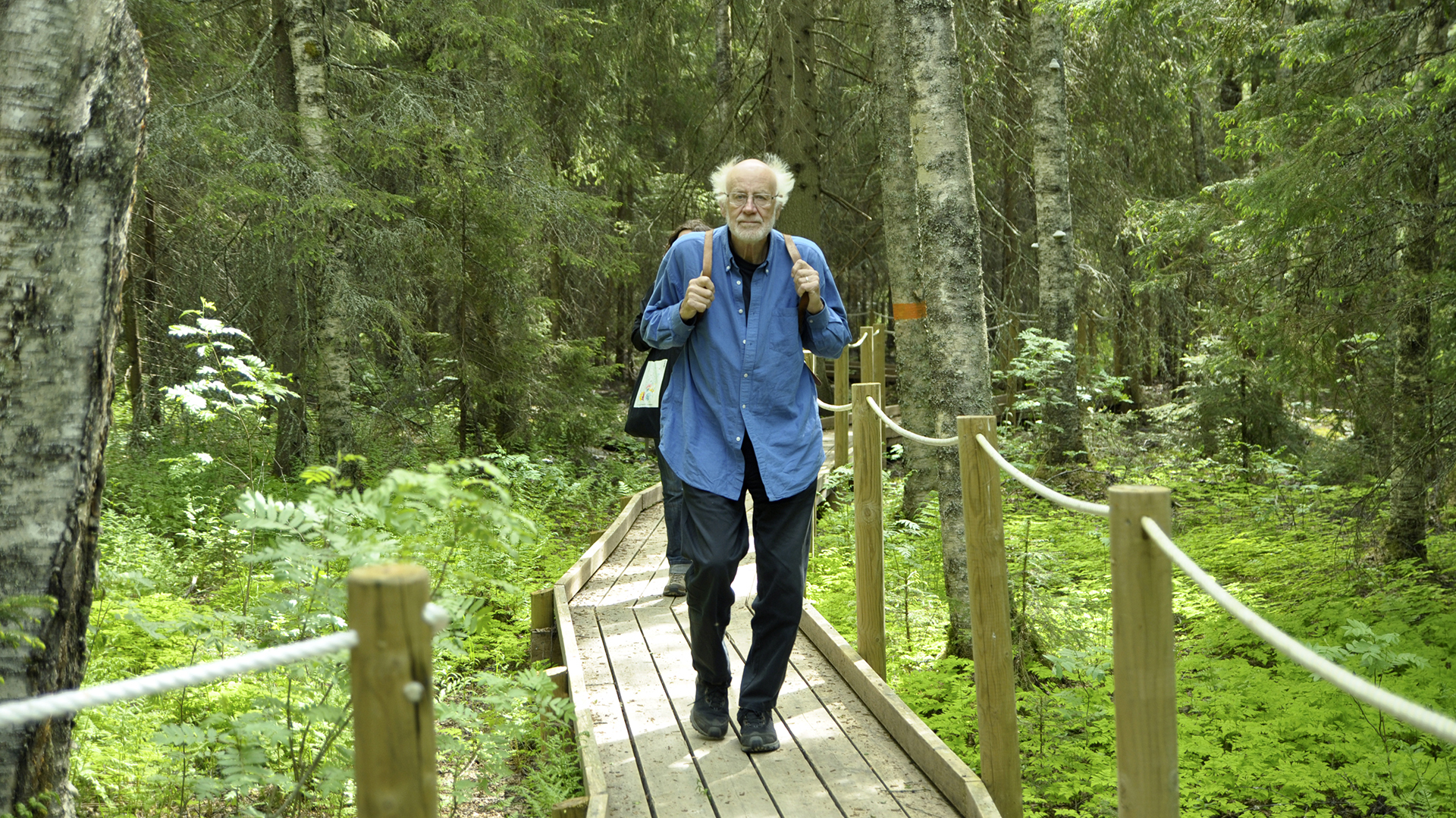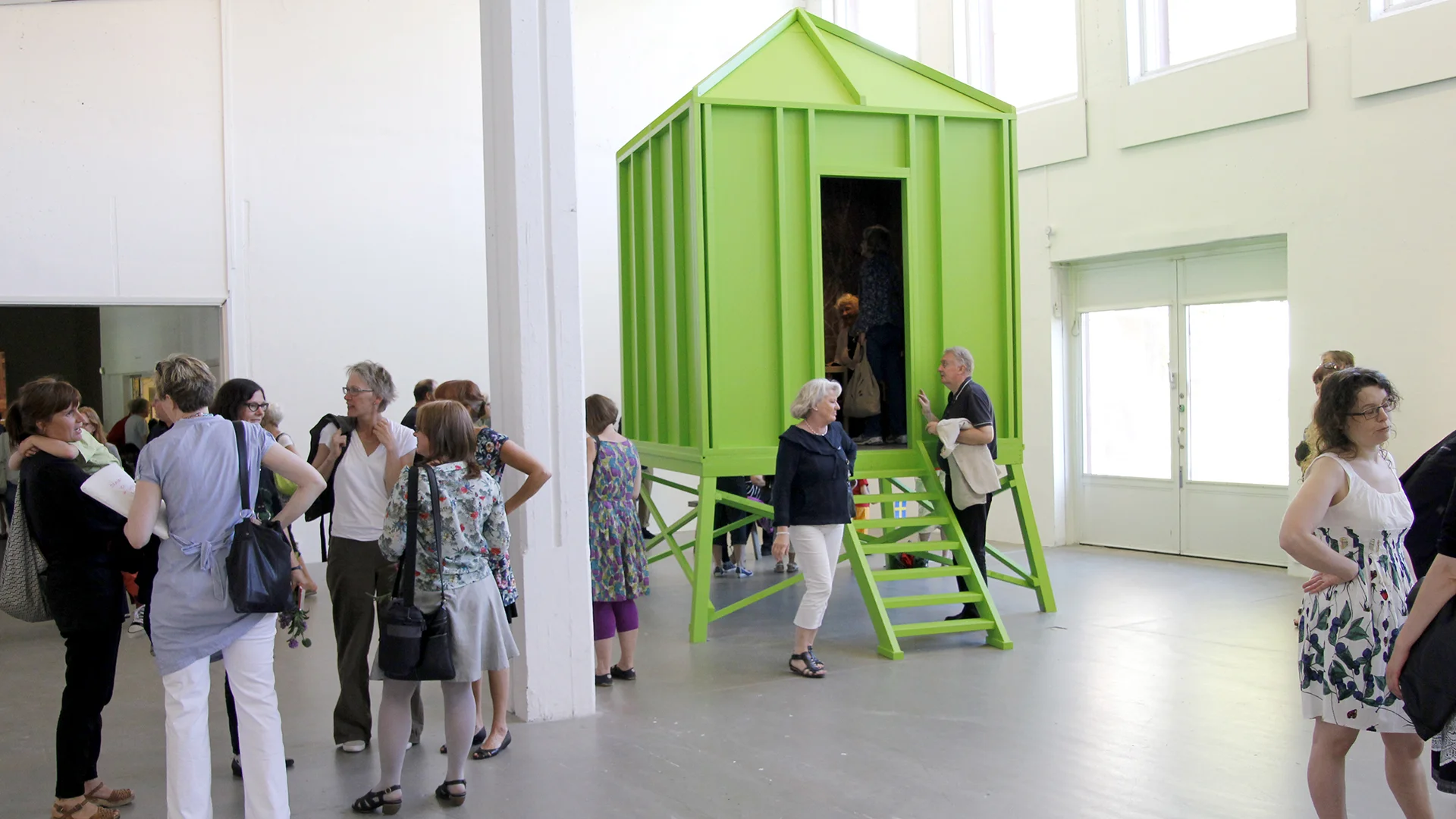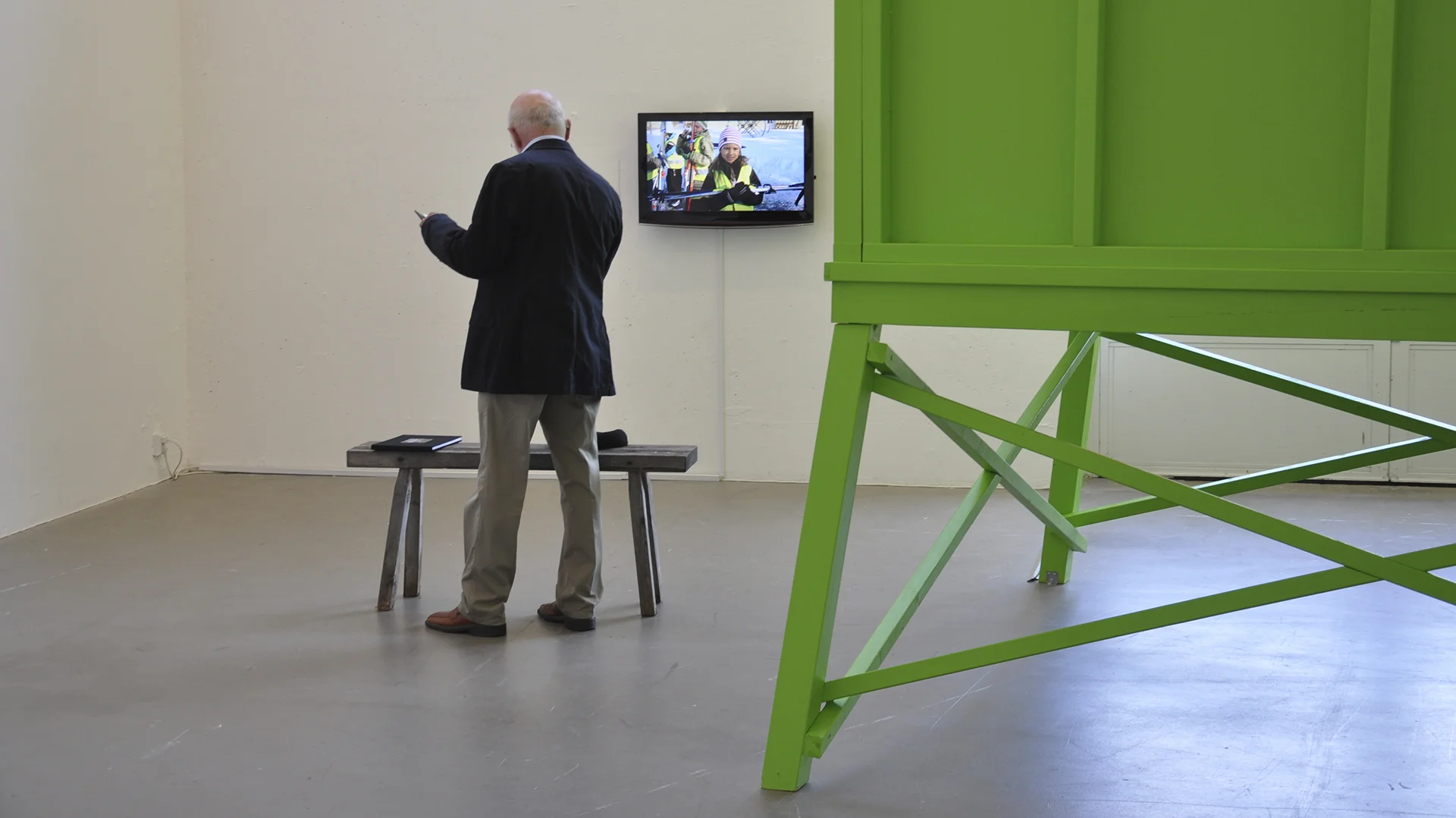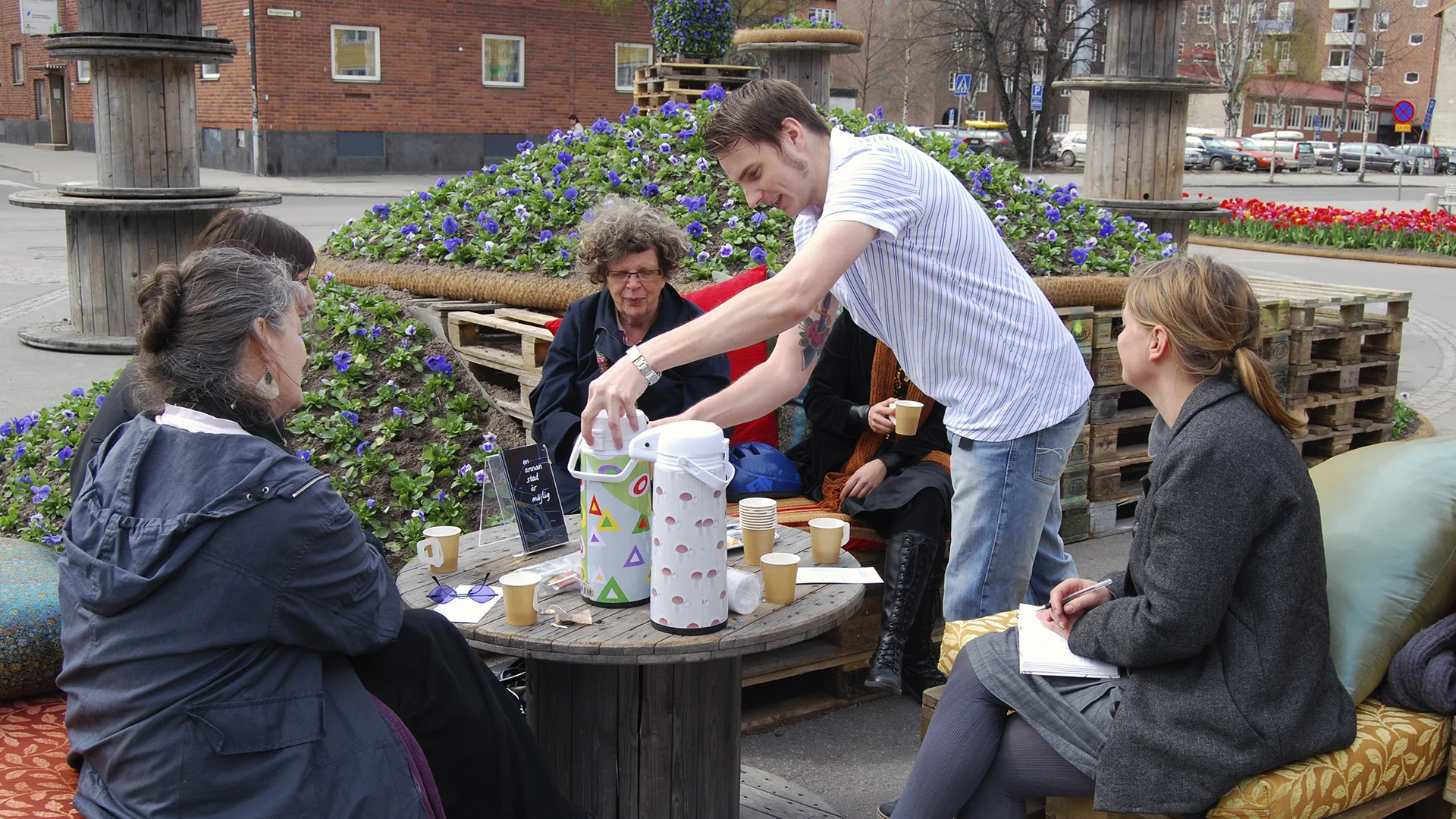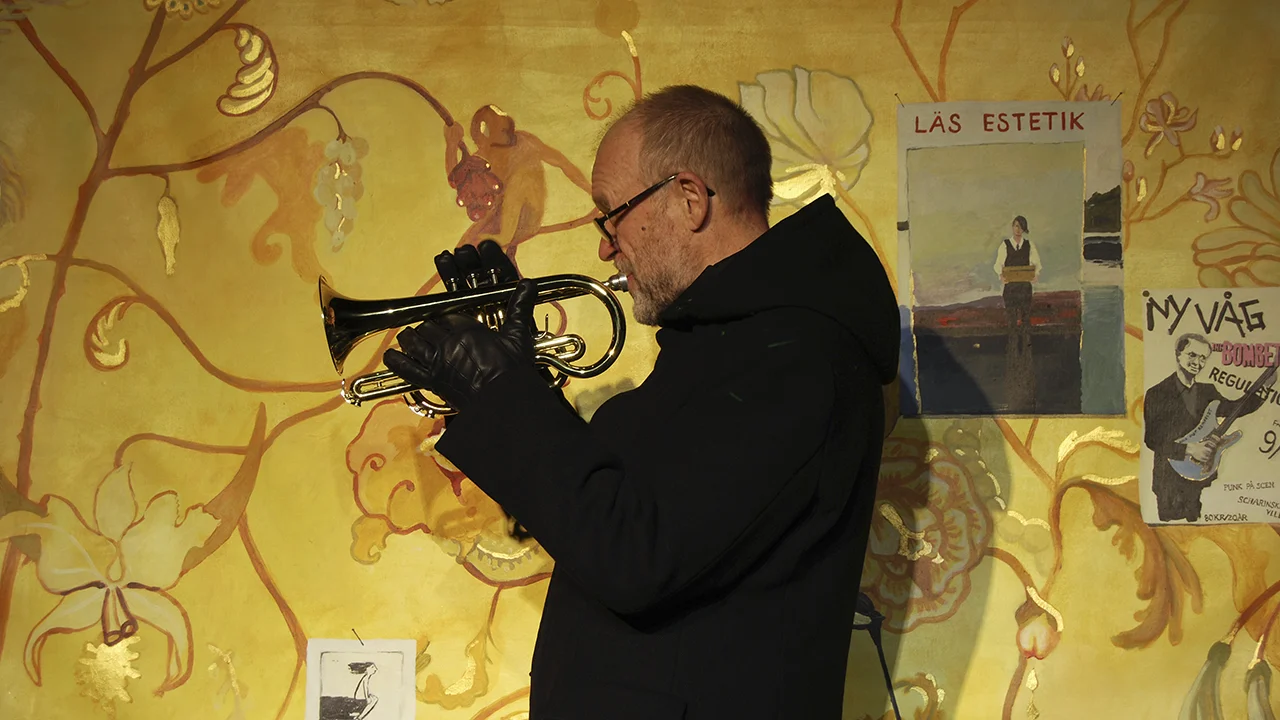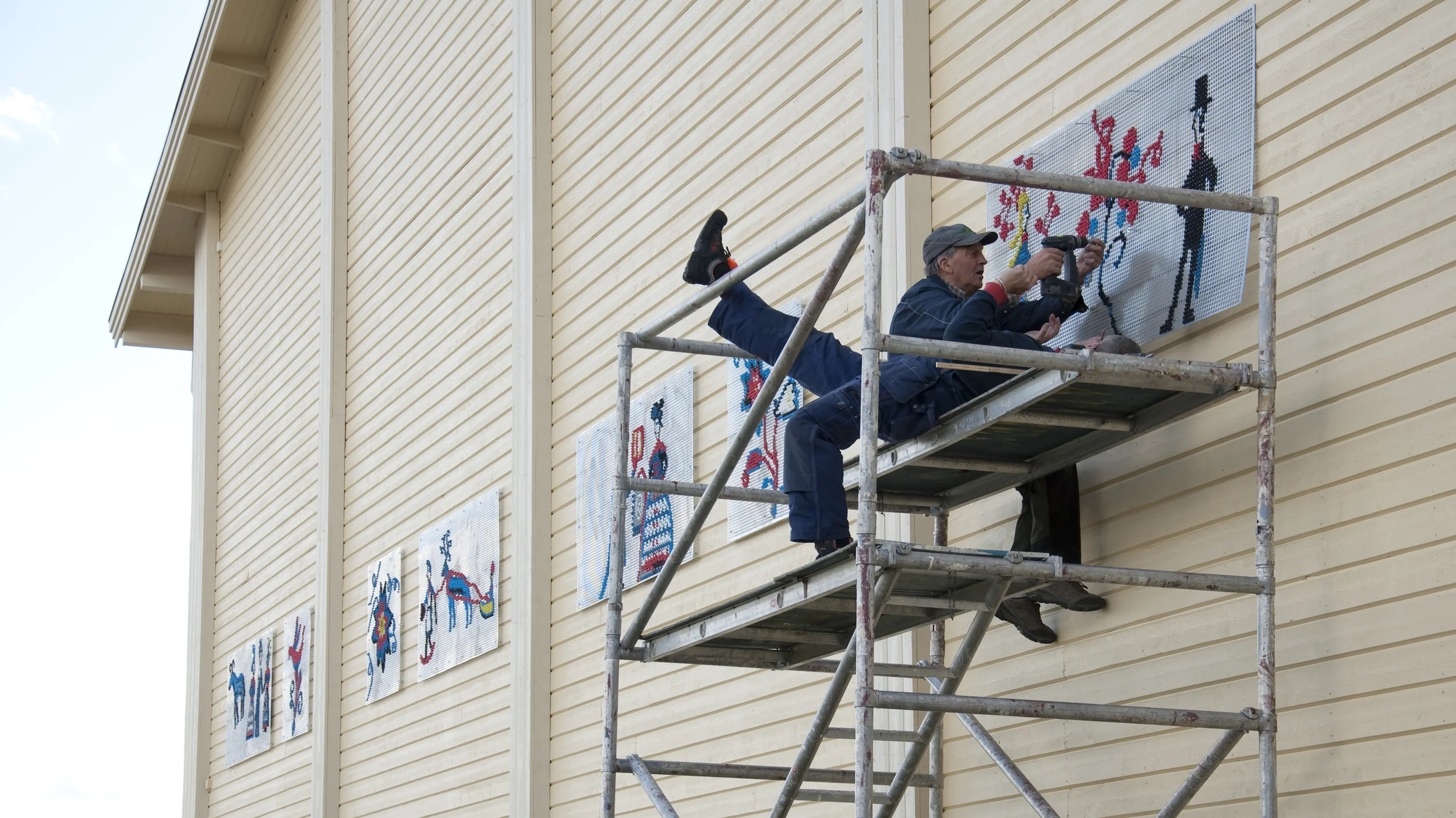(Re)construction of Friendship
01.05-19.10. 2014
KGB Building, file No 1914/2014
RIGA /2014
Radiotystnad
Konsthallen Väven, Umeå
07.02-29.03 2015
Curated by: Inese Baranovska, Æsa Sigurjónsdóttir, Inga Lāce, Kārlis Vērpe and Kitija Vasiļjeva
Participating artists: Daniel & Geo Fuchs (Germany), Nikita Kadan (Ukraine), Sandra Krastiņa and Kristaps Epners (Latvia), Alban Muja (Kosovo), association "Orbīta" (Latvia), Tanel Rander (Estonia), Spessi (Sigurtór Hallbjörnsson, Iceland) & Erik Pauser (Sweden), Nomeda & Gediminas Urbonas (Lithuania), Johan Waerndt & Monika Marklinger (Sweden) and Helena Wikström (Sweden)
During the fifty years of the occupation of Latvia by the Soviet Union, the KGB headquarters in Riga, also known as the Corner House, became a prominent symbol of totalitarian power that, in the 21st century Riga, still stands to bear testimony to total war, mass persecutions and genocide. The exhibition (Re)construction of Friendship is a collaborative art project shaped through interaction with current political and global state of affairs in a particularly "hot" venue. By examining the important role of contemporary artists as mediators of cultural consciousness and initiators of social relationships, the exhibition will attempt to take hold on some specific temporal, historical and geographical realities – and the ambiguous relationship we call friendship. Lost or forgotten, the hardest question asked is: How can friendships be (re)-constructed?
Facility D-O
The red drapery gives the inside of the bus a definition and a tone of its very own as the drive continues along the Neretva riverside. The curtains can be drawn aside or closed at any time during the ride, but the ever changing scenery that passes by will never look exactly the same again. It is nothing like looking at a film when the director already has chosen the focus in the picture for you. No, you have to do it yourself. All the time. Set focus. Hide or Reveal. The bus takes us high up in the mountains to one of the most expensive and secret hideouts ever.
If you follow the beautiful wreaths of the Neretva River you will end up in Konjic, in the Zlatar Mountains. This is the place where Tito hid his nuclear bunker: Facility D-O ARK. It was built in extreme secrecy from 1953 to 1979, and the cost was 4.6 billion dollars. In case of atomic catastrophe or nuclear war Tito, his family members and around 300 of his closest associates could find shelter here for up to six months. The bunker covers a total of 6854 m² with 100 bedrooms, 2 conference rooms, 5 operation centers, two kitchens, hospital, fresh running water from natural wells, heating and ventilation systems. The builders were carefully chosen and had to sign contracts to keep everything about this place secret, but still different sources estimates that as many as 10 000 workers died during the construction. Just like the Cold War this was and still is a place filled with insecurity, fear and suspicion. A waiting room without a scheduled appointment.
The uncannily direct view of the camera eye is also employed in the documentary work “Facility D-O” by Helena Wikström. Her project containing two photographic series the artist made during her travels in the Balkans. The artist´s series of photos were taken near Konjic, the location of Facility D-O, now more famous as Tito´s survival bunker, but for a long time one of Yugoslavia´s most kept secrets. The artist focuses on details, in order to report on the hidden power structures confined aesthetically in the objects of the past, which are now presented as time machines.
Æsa Sigurjónsdóttir and Kārlis Vērpe
reconstruction of friendship


